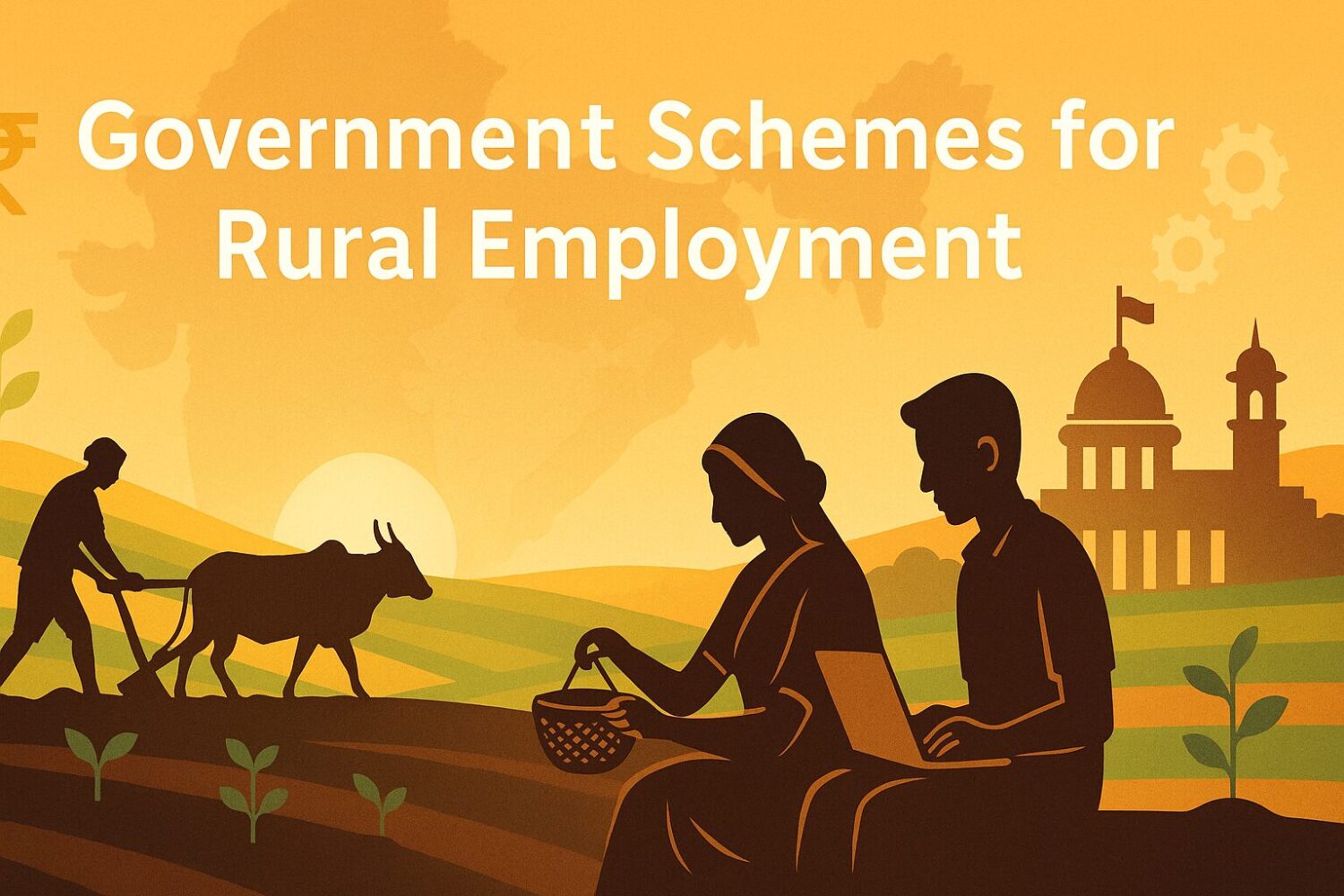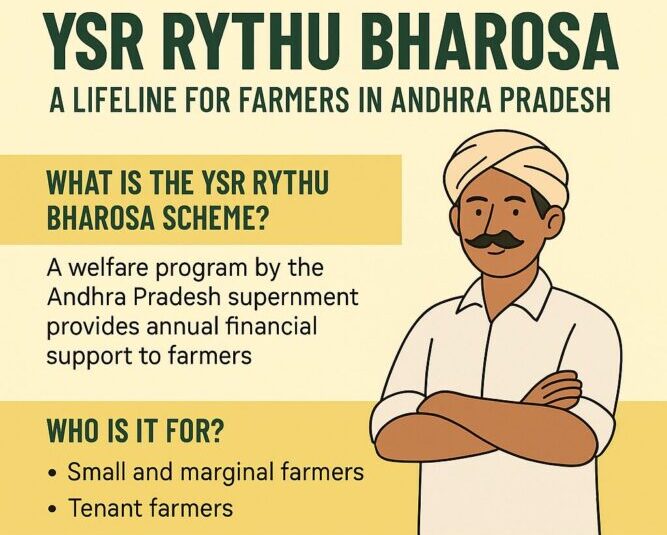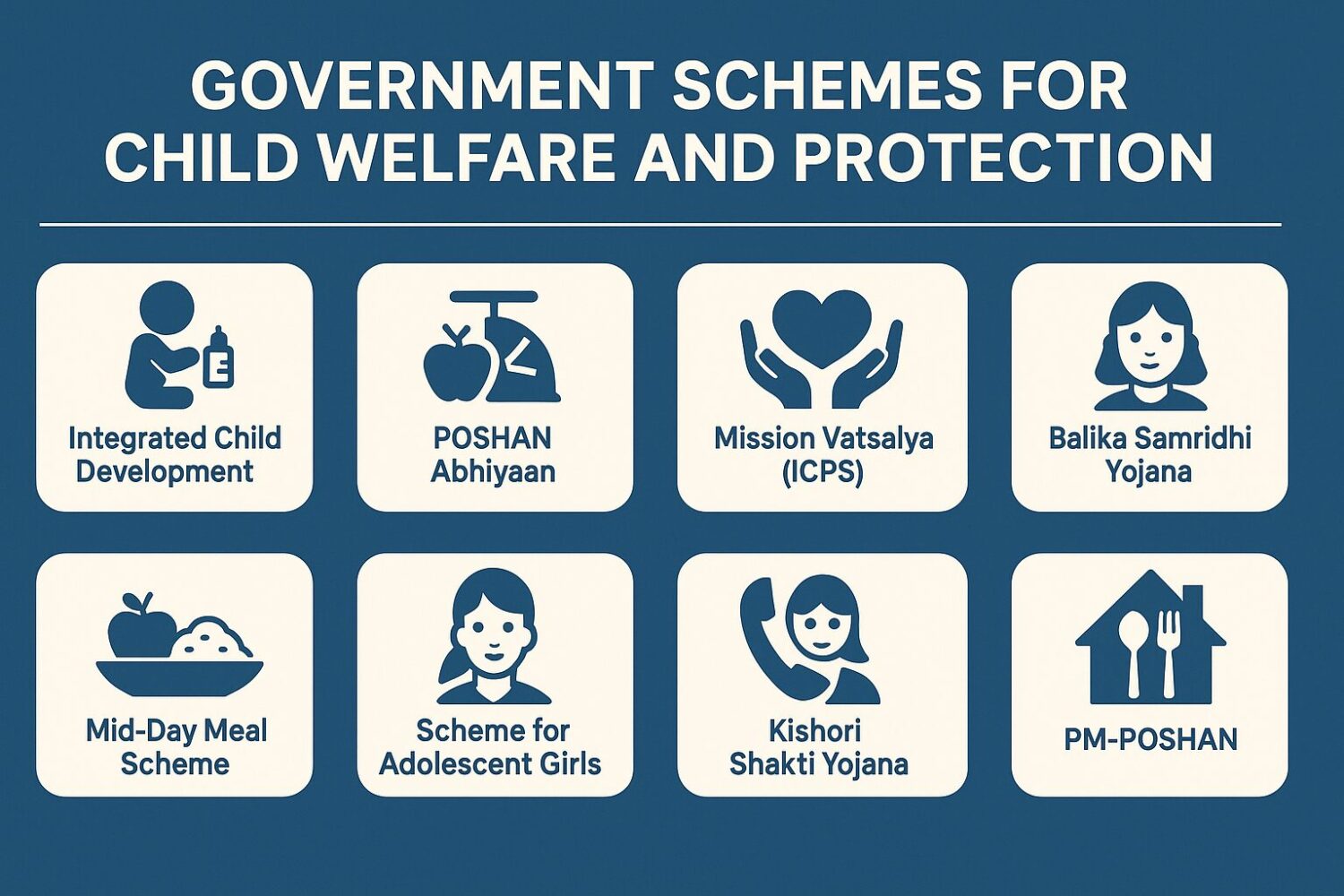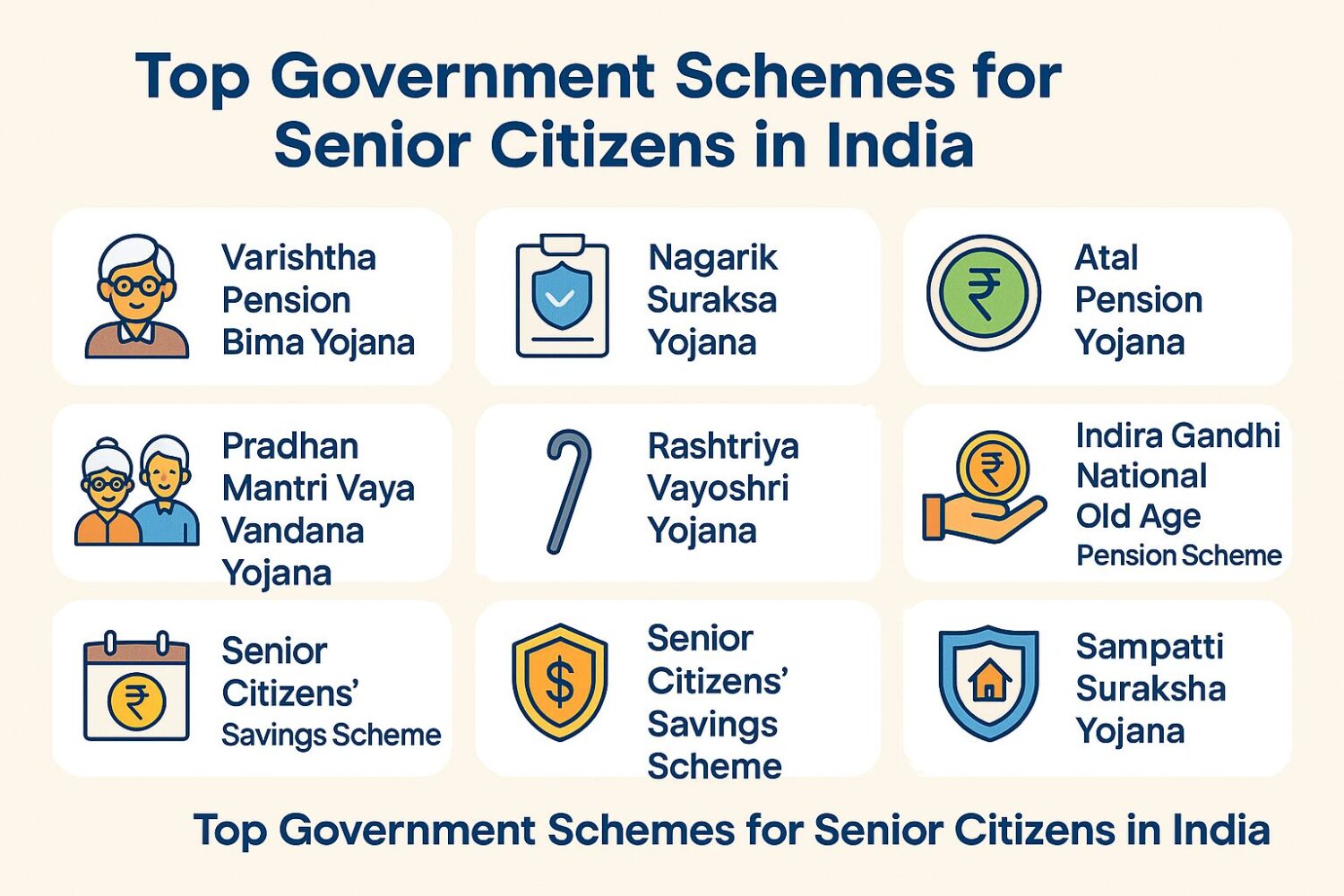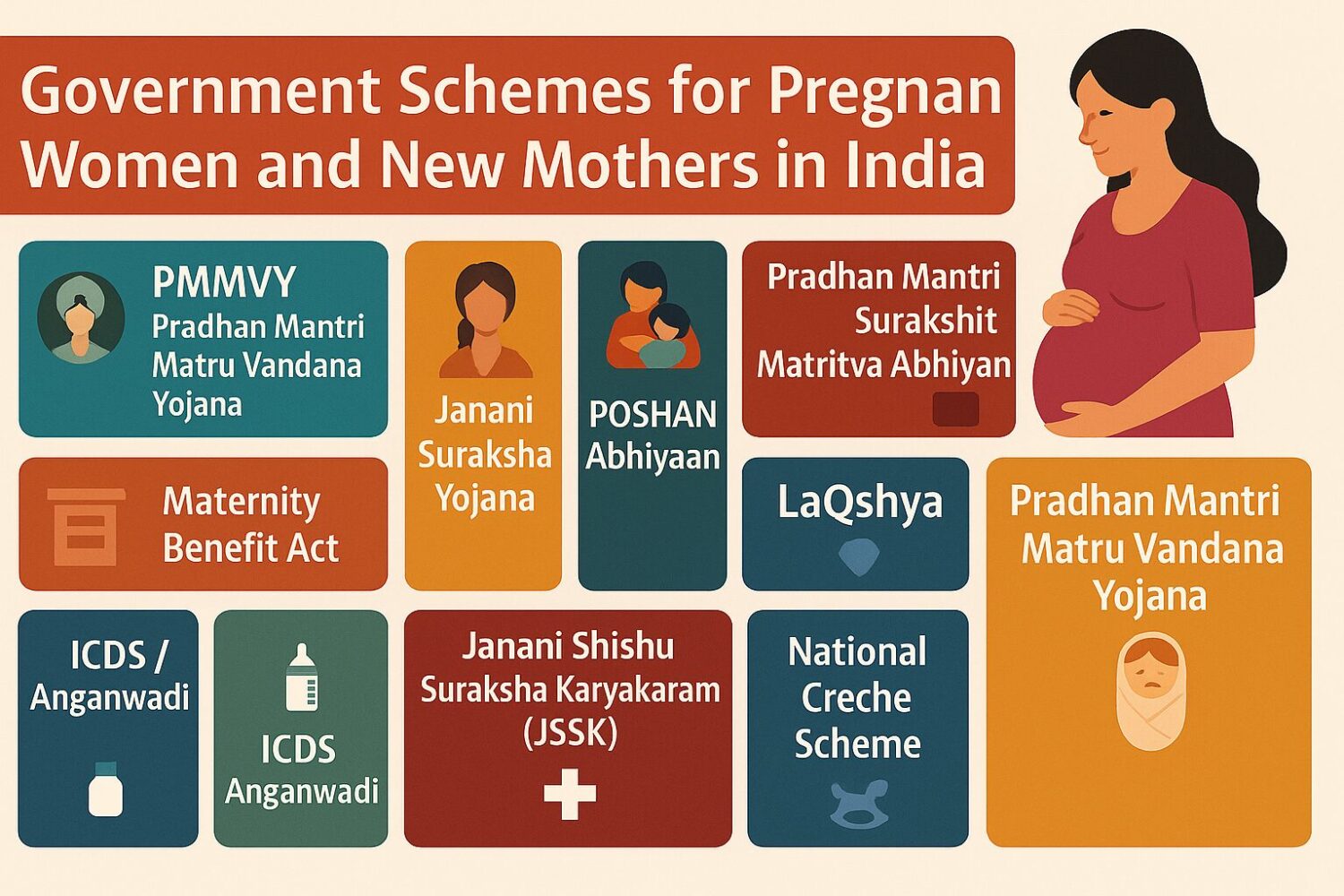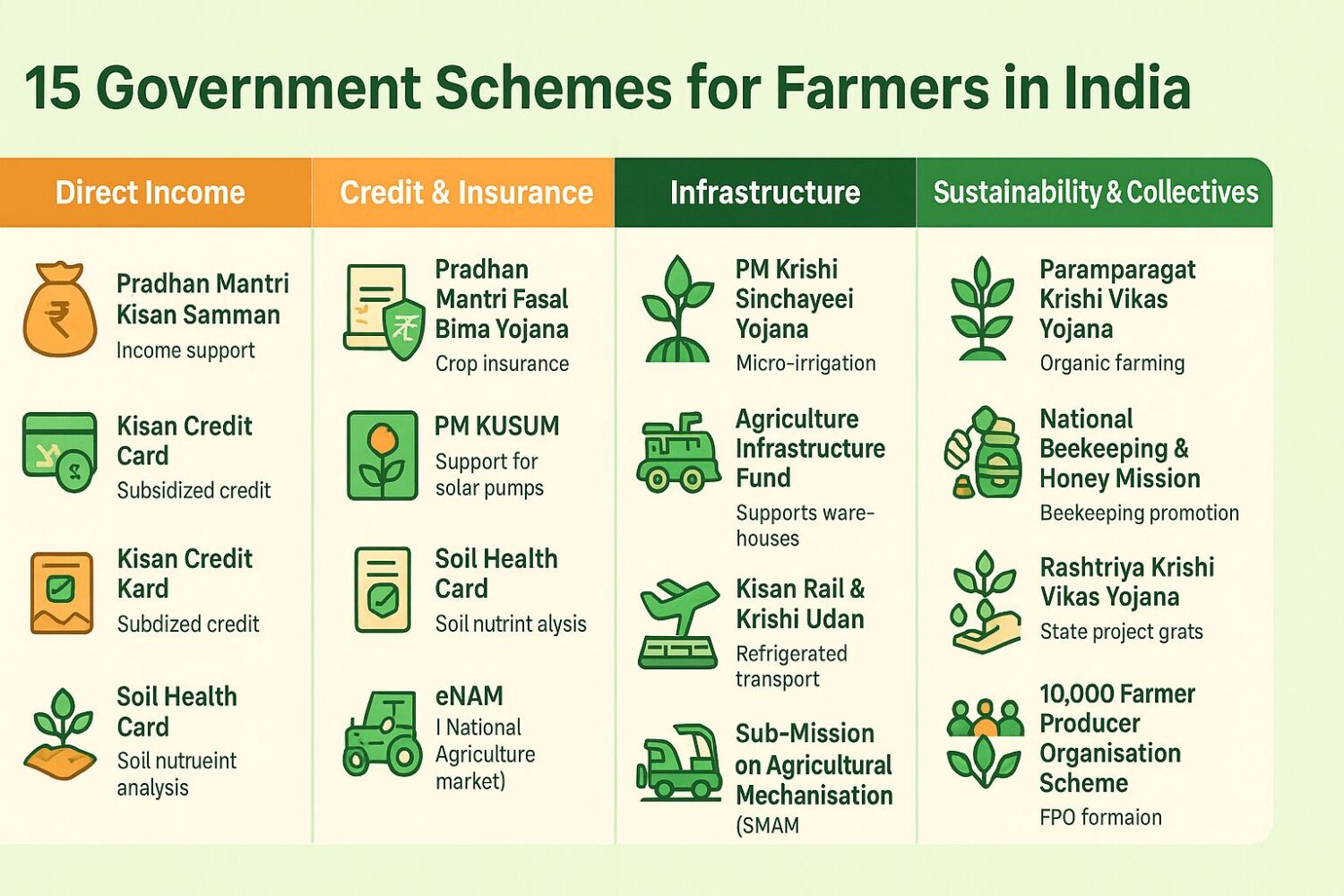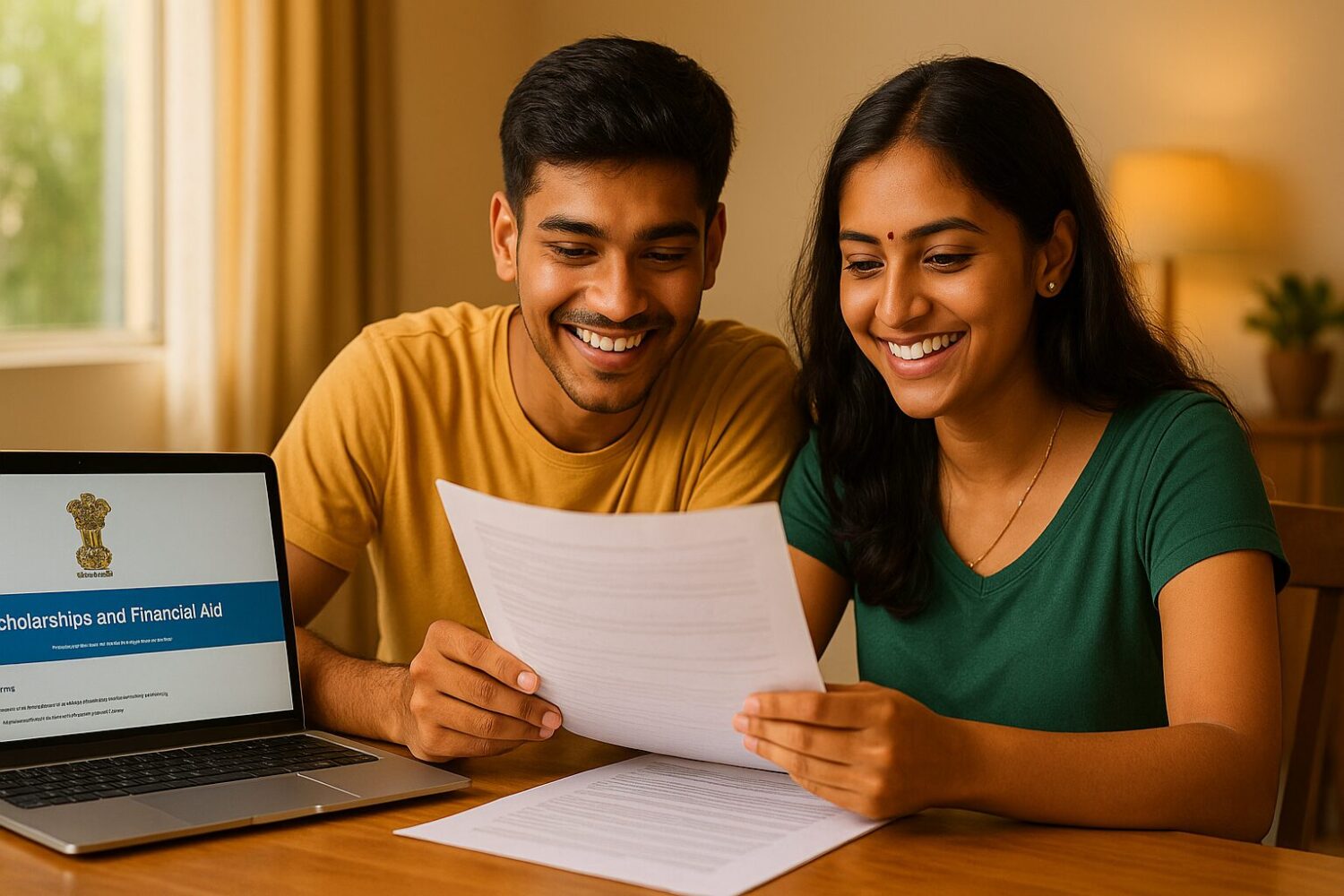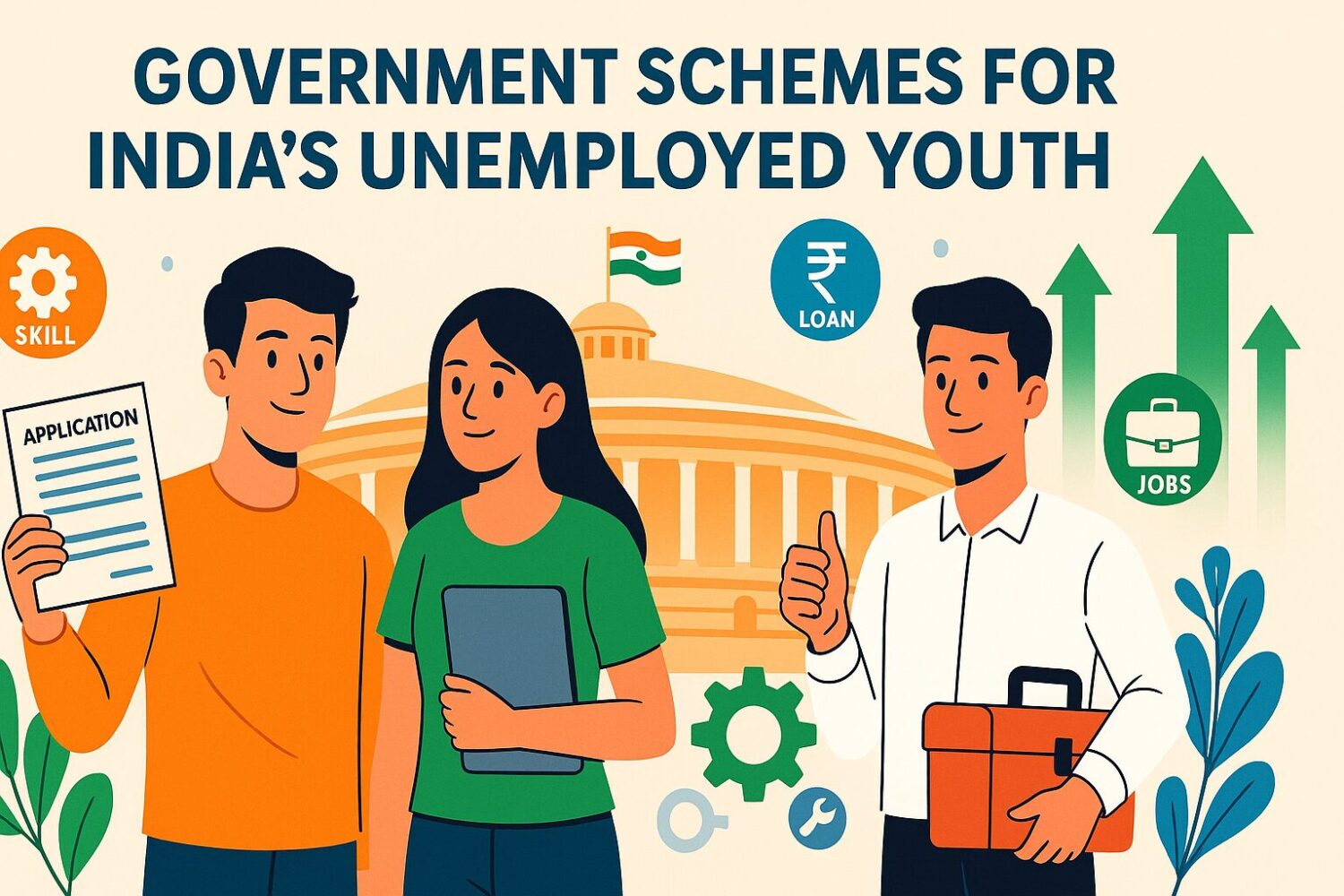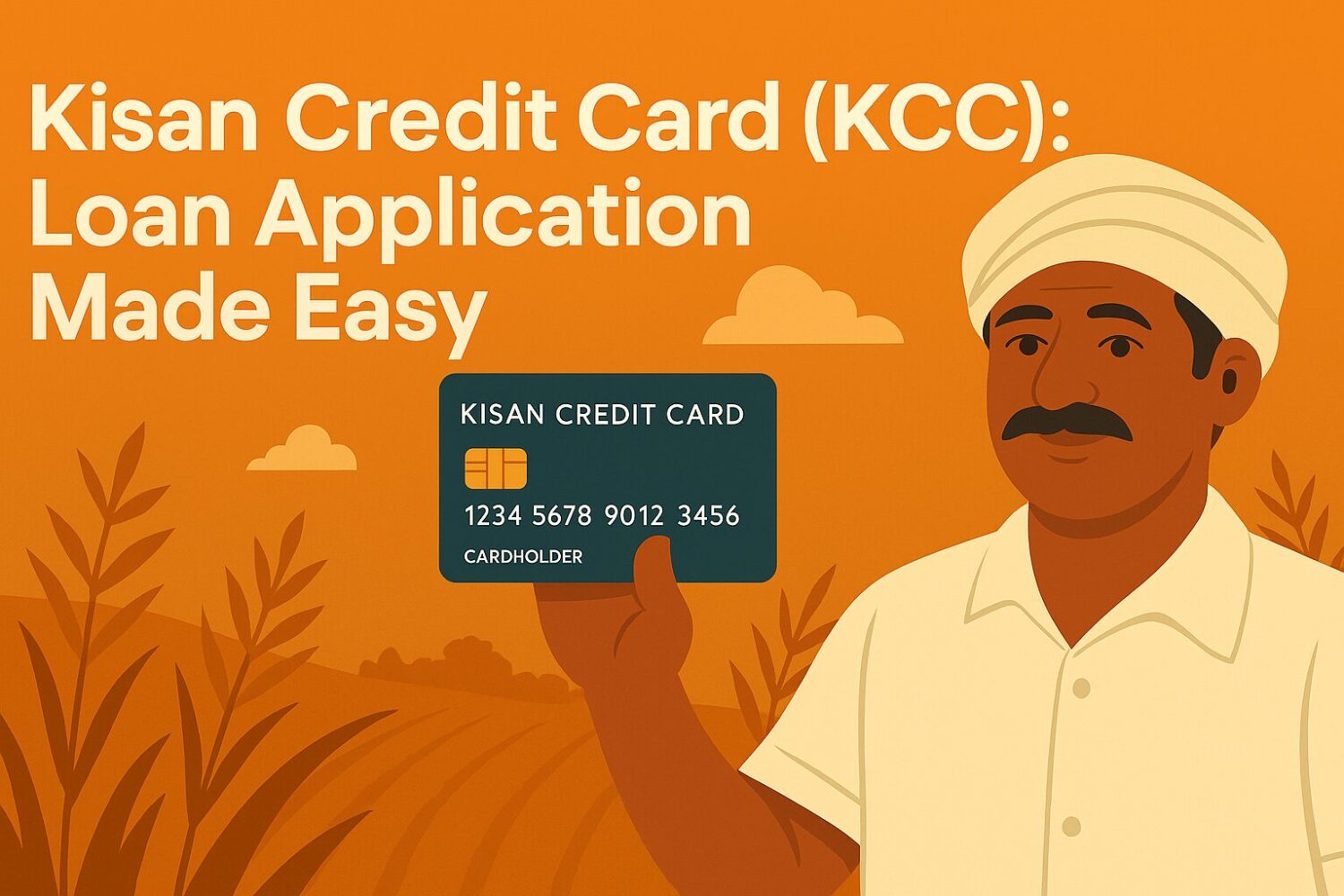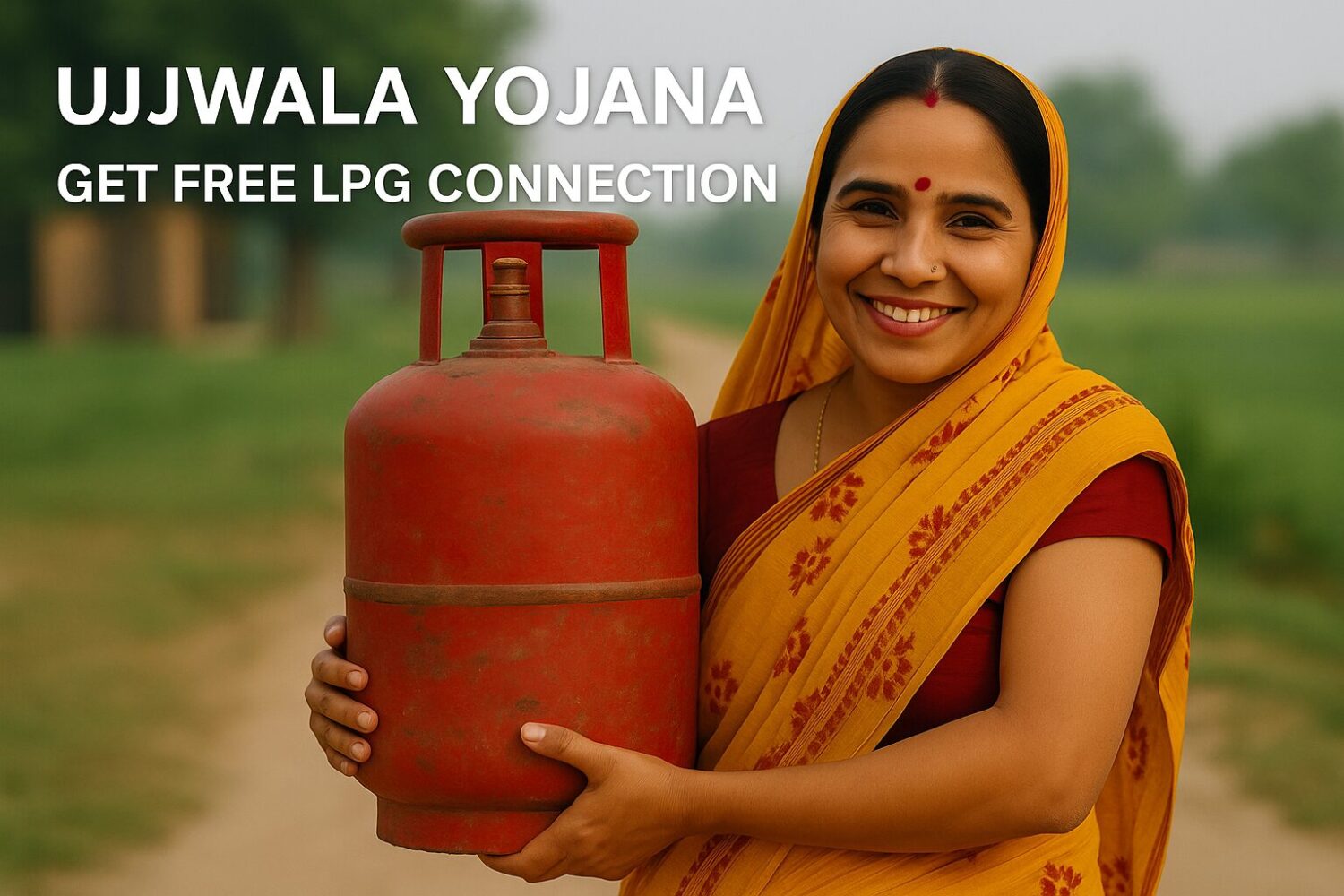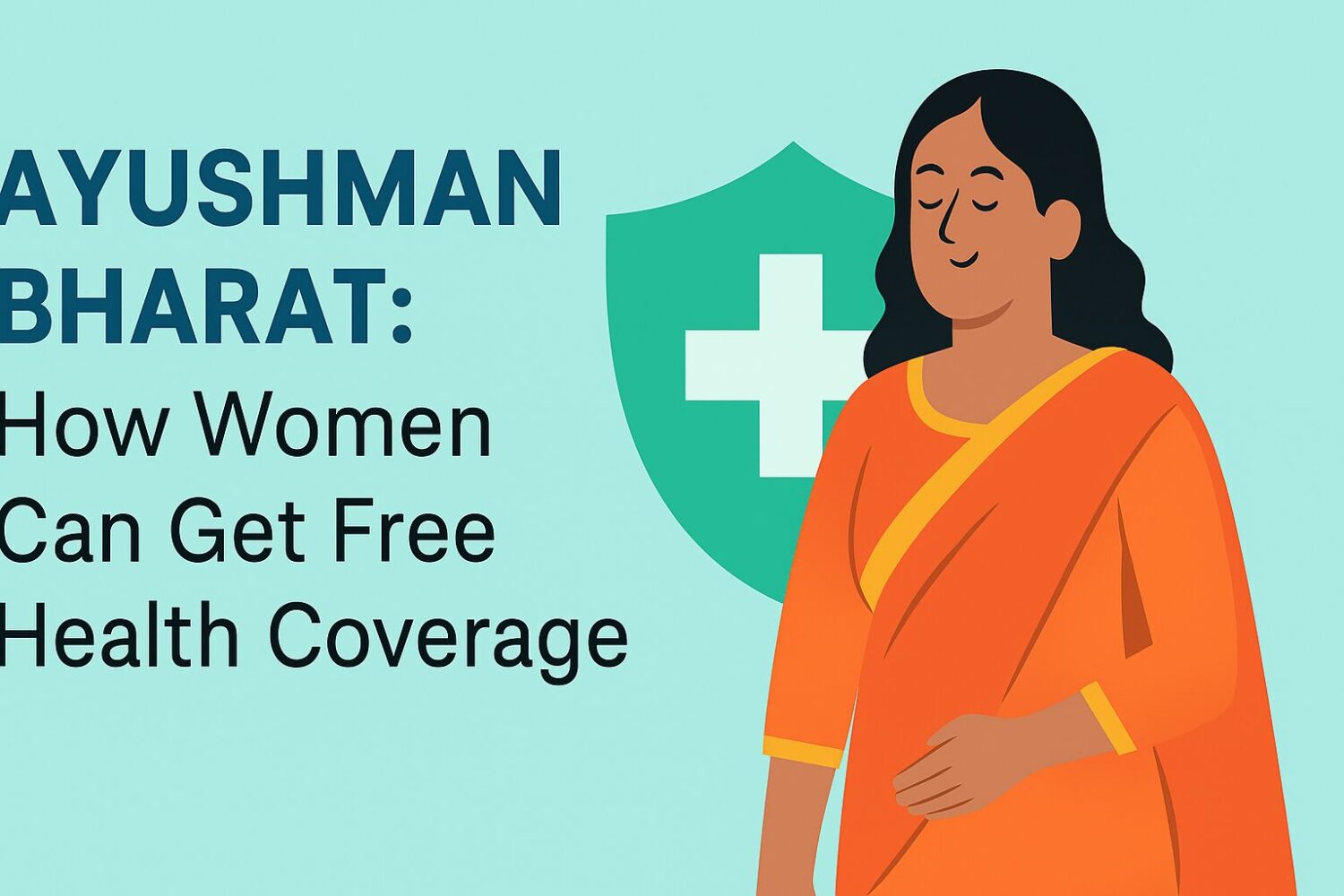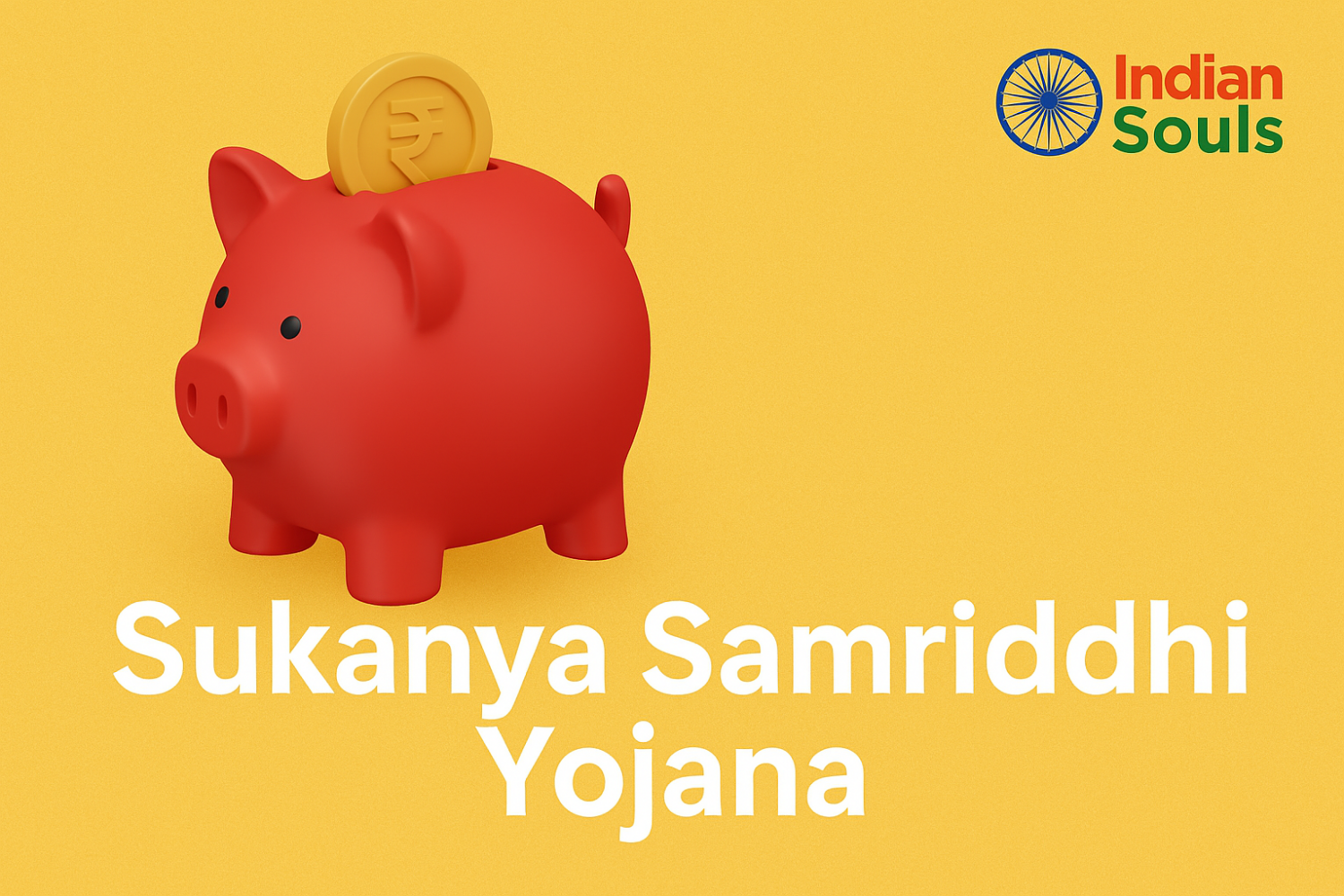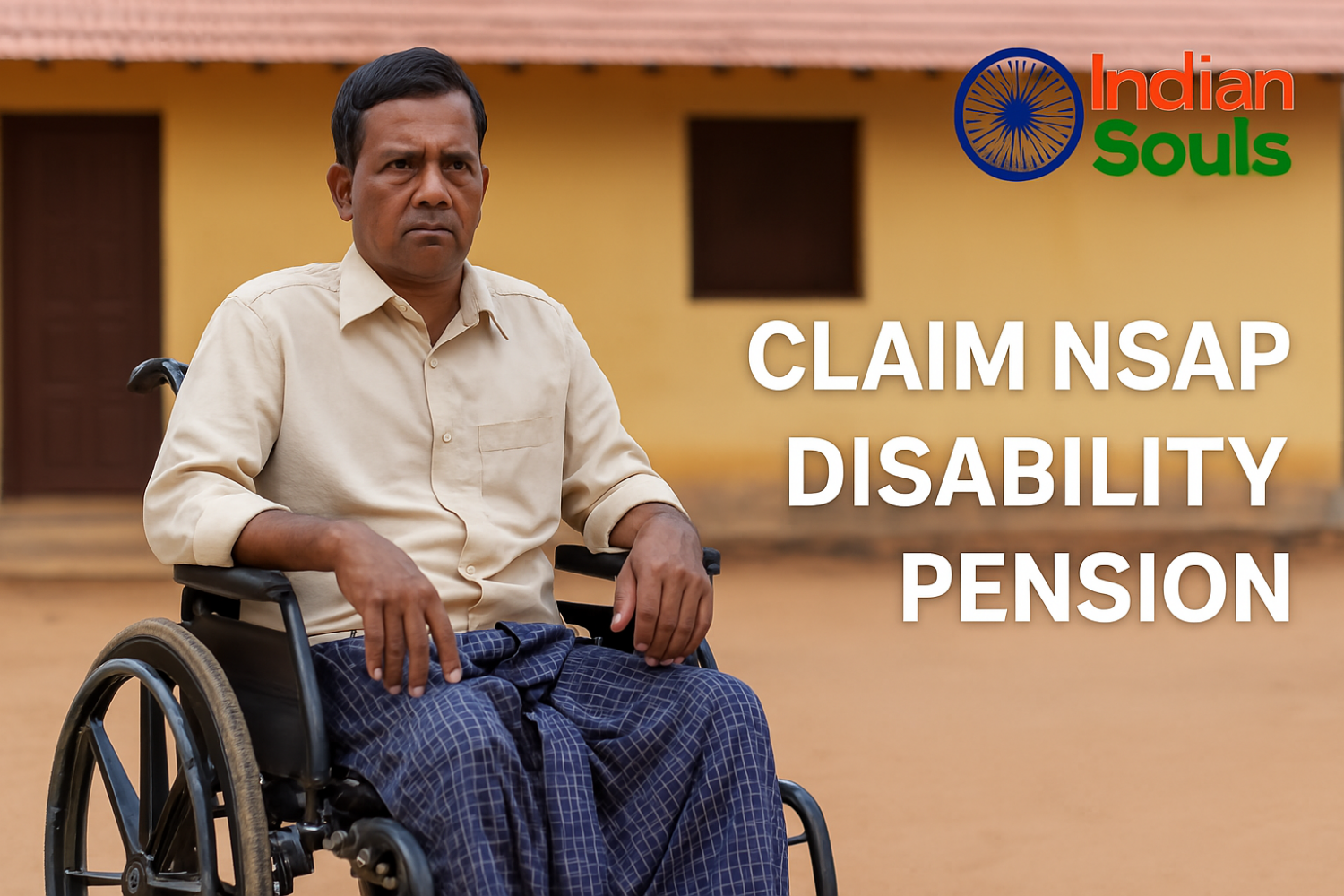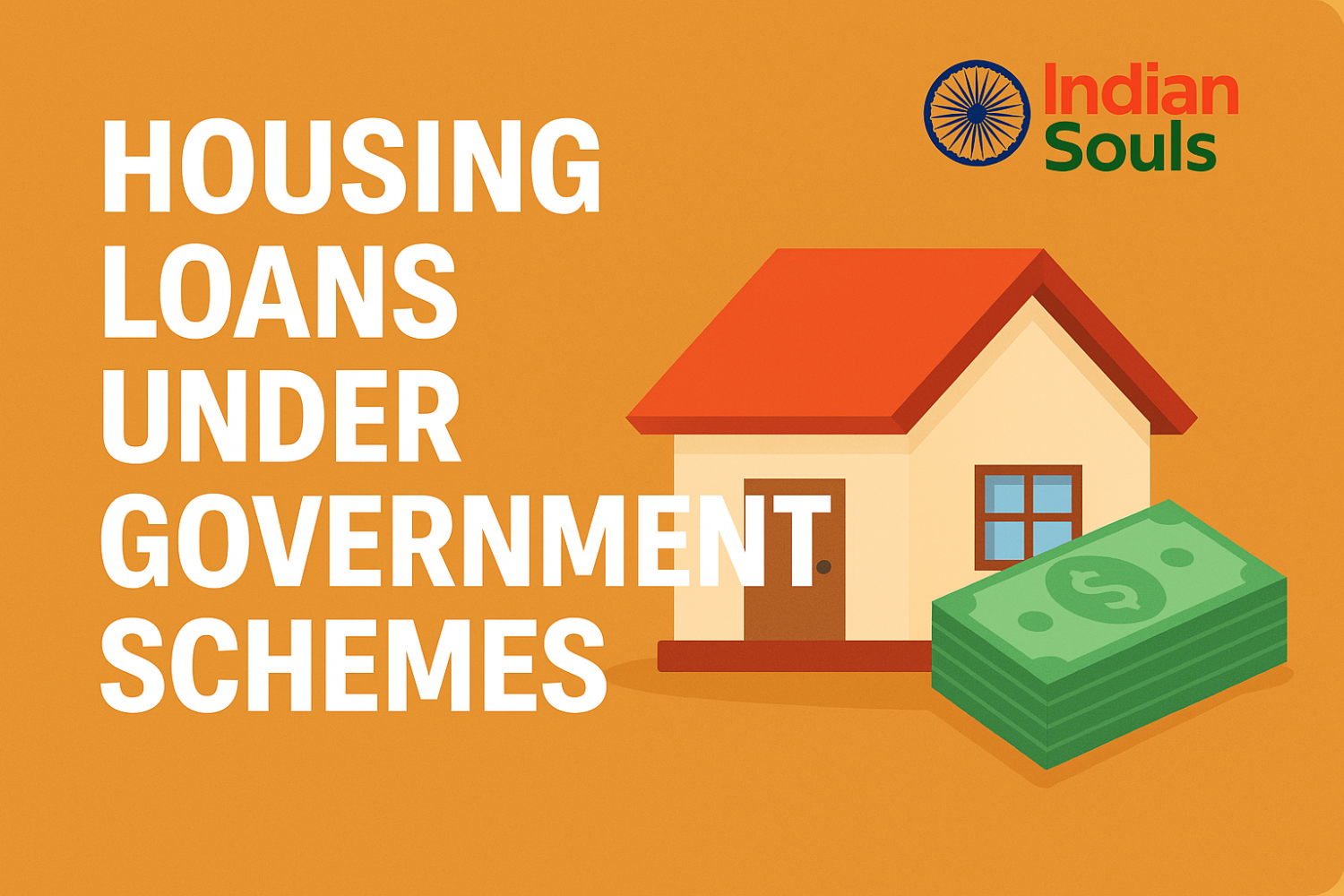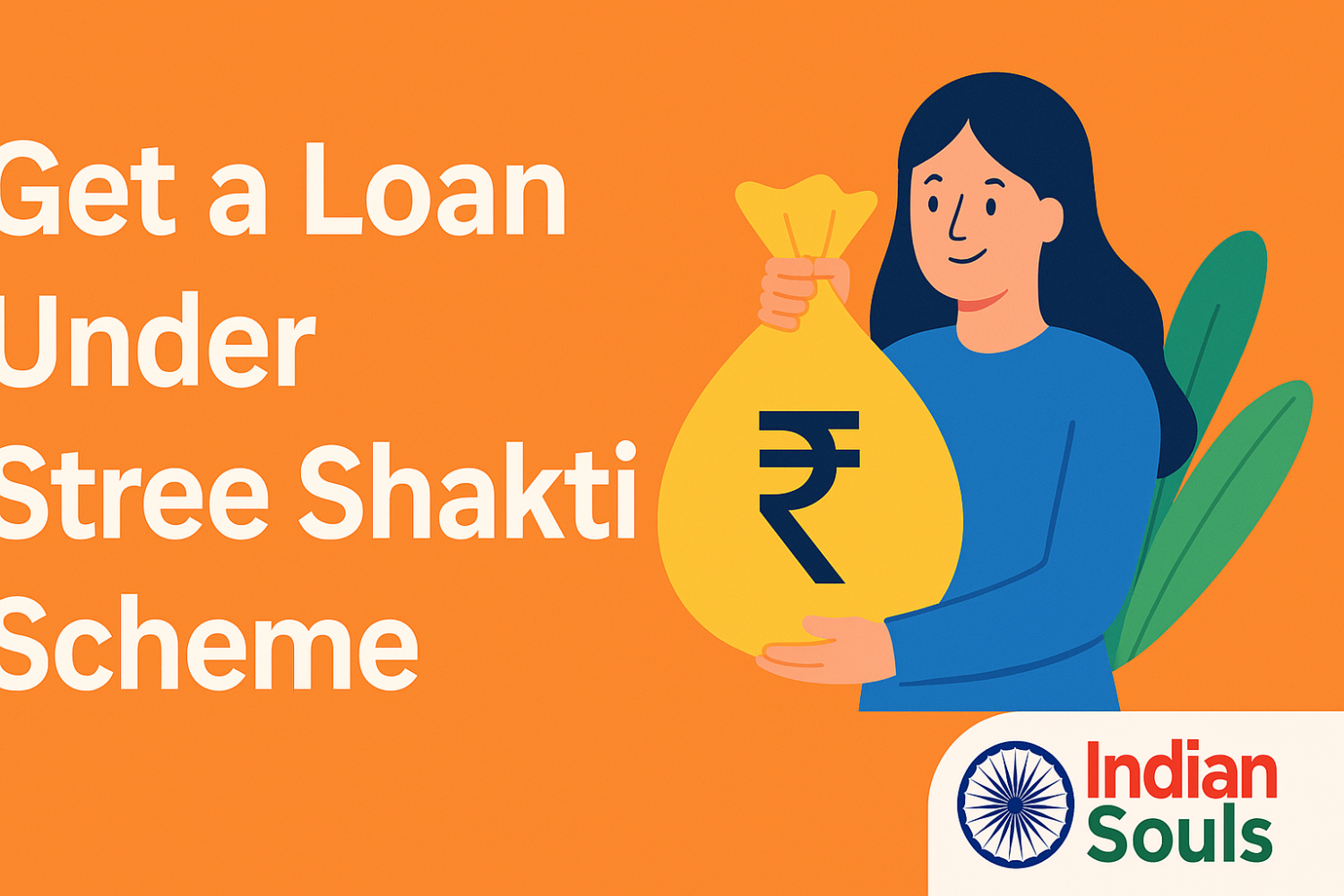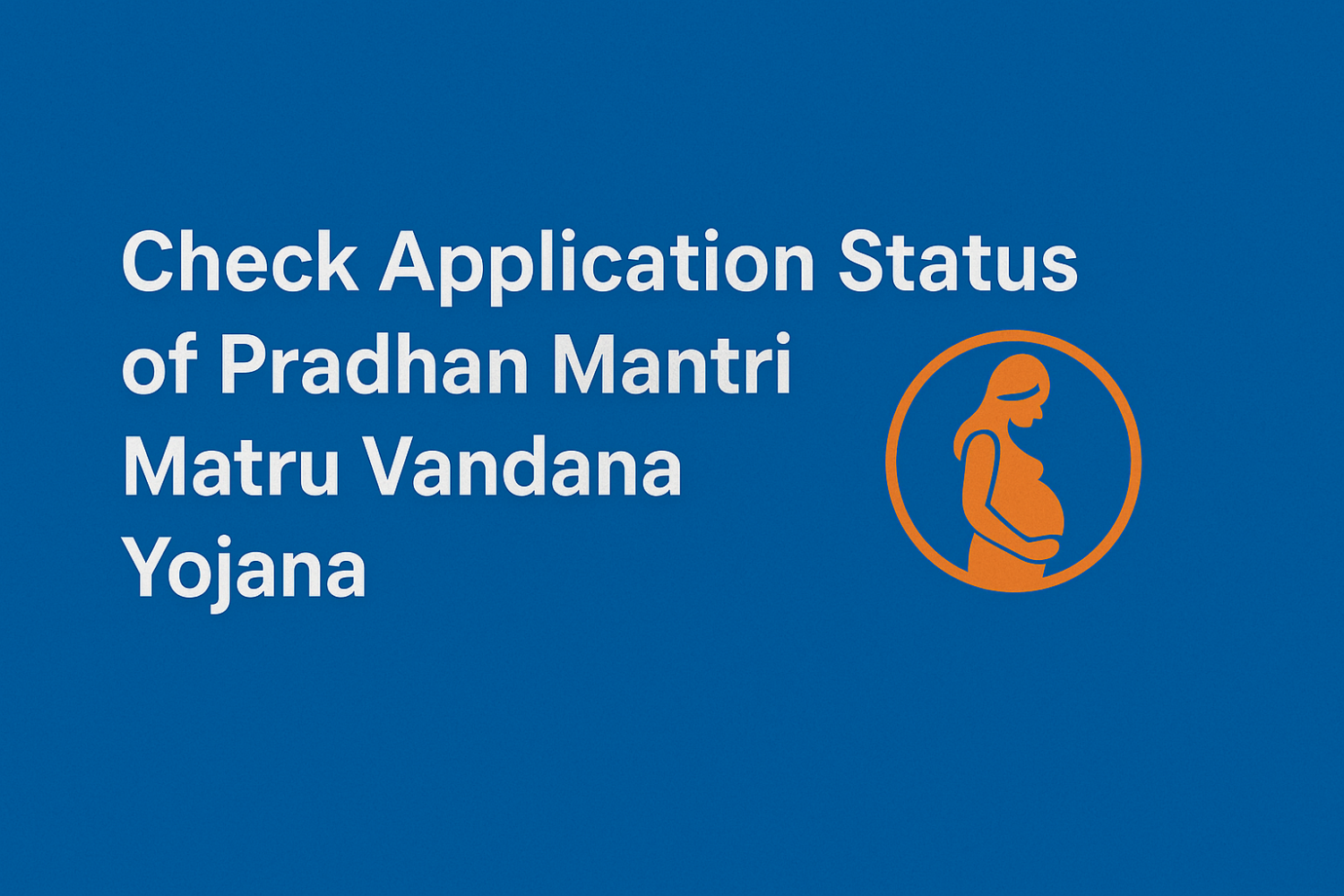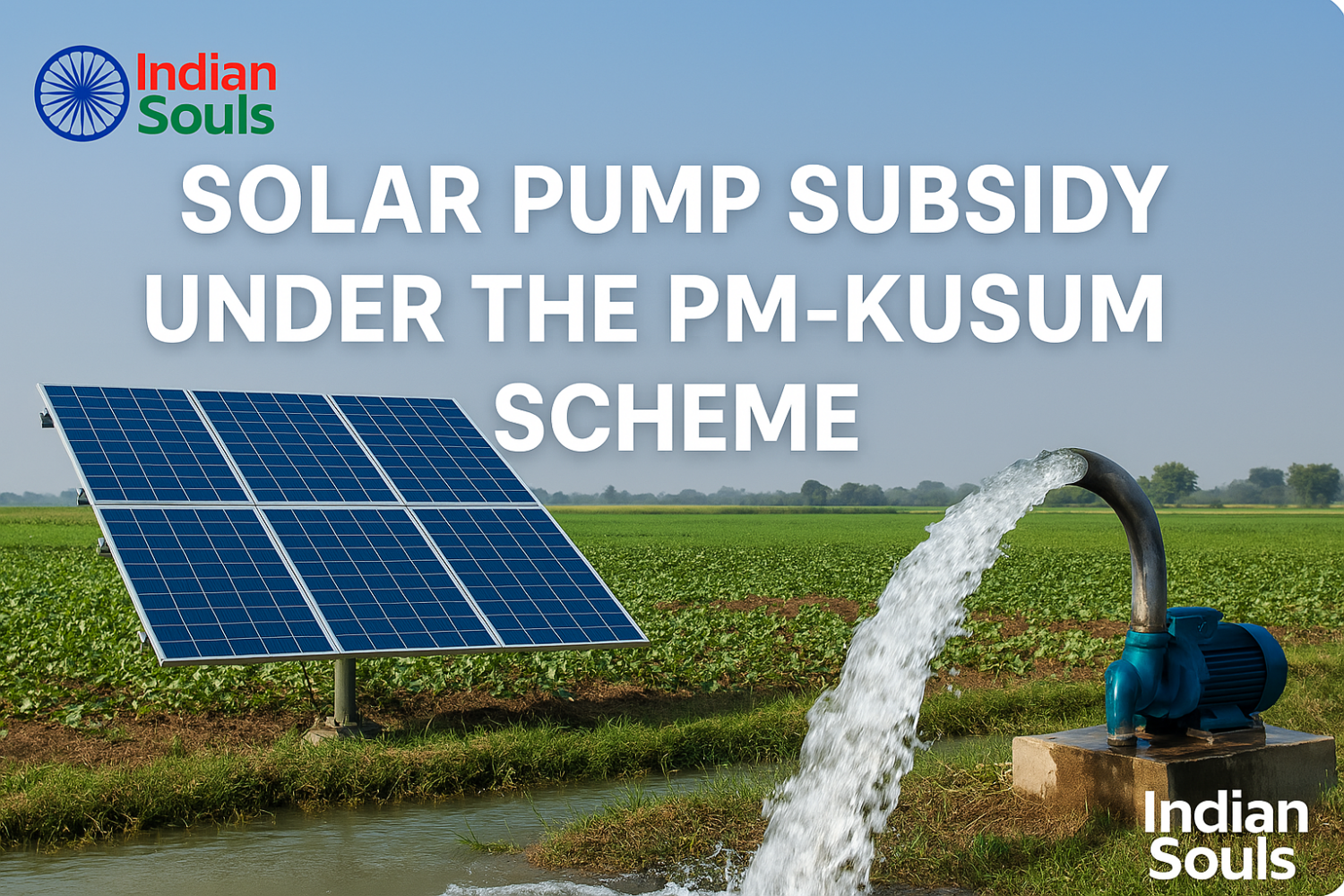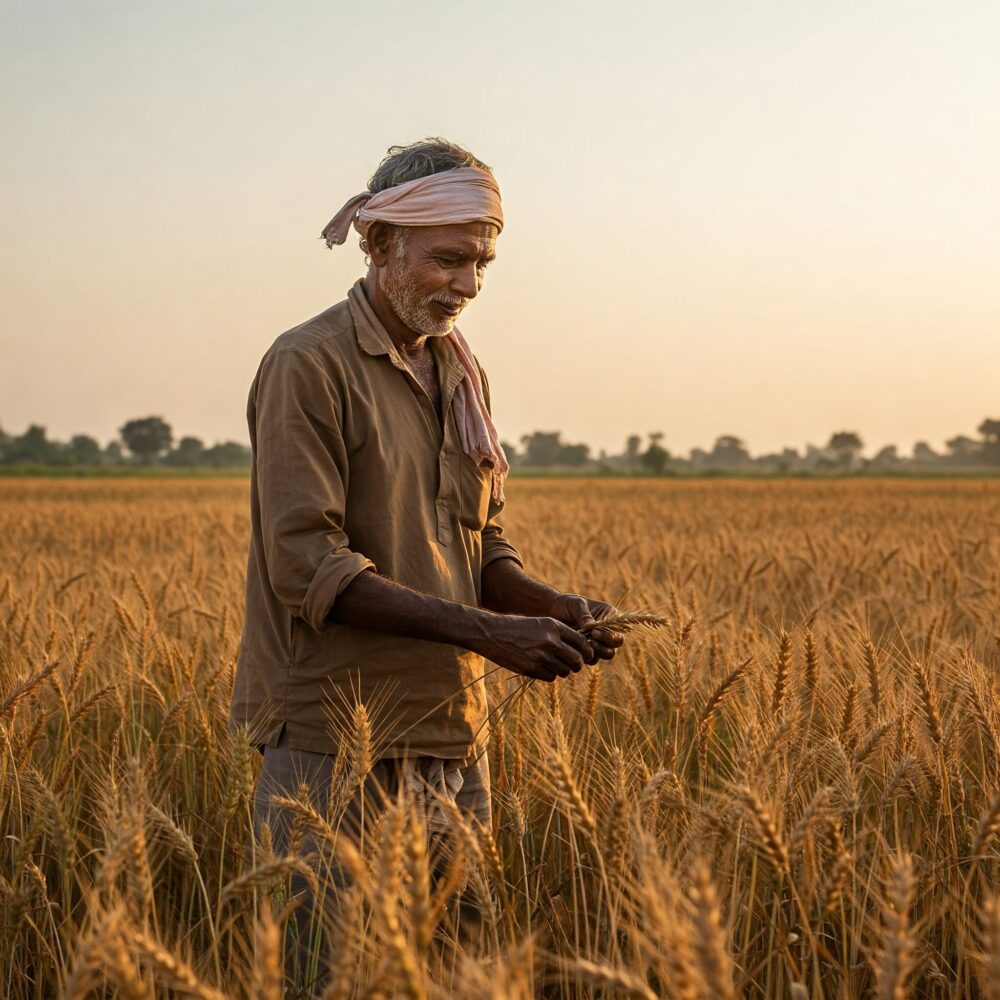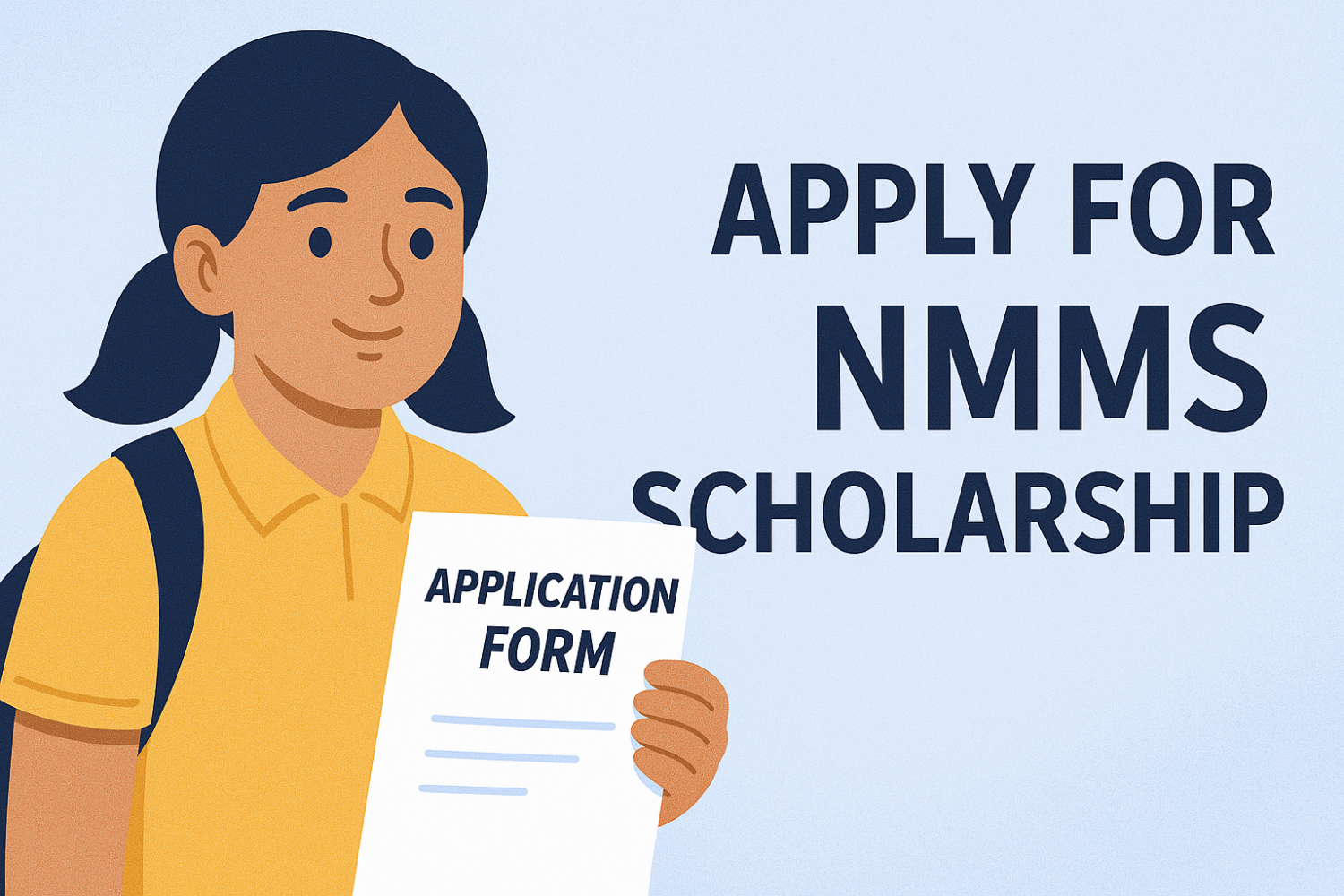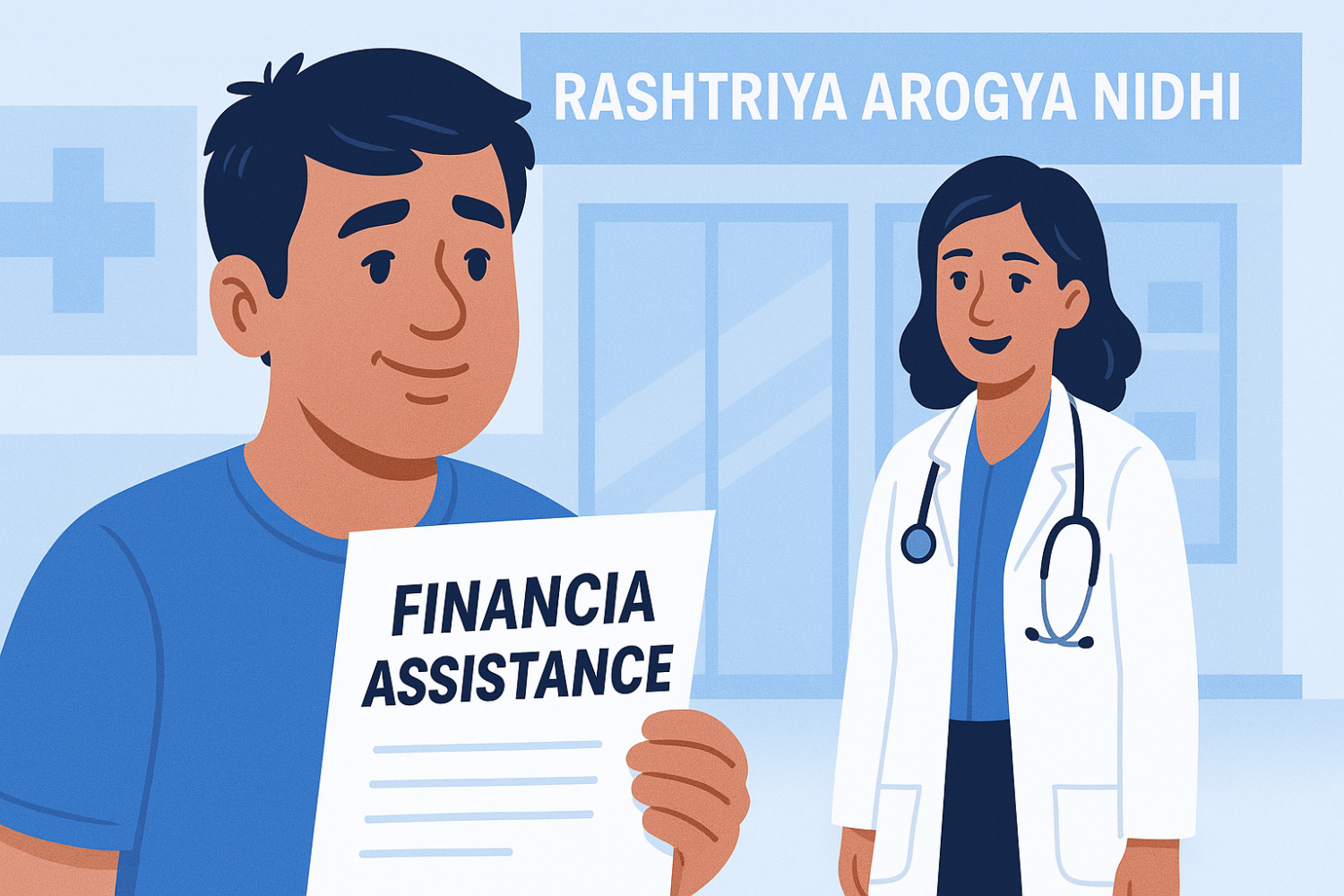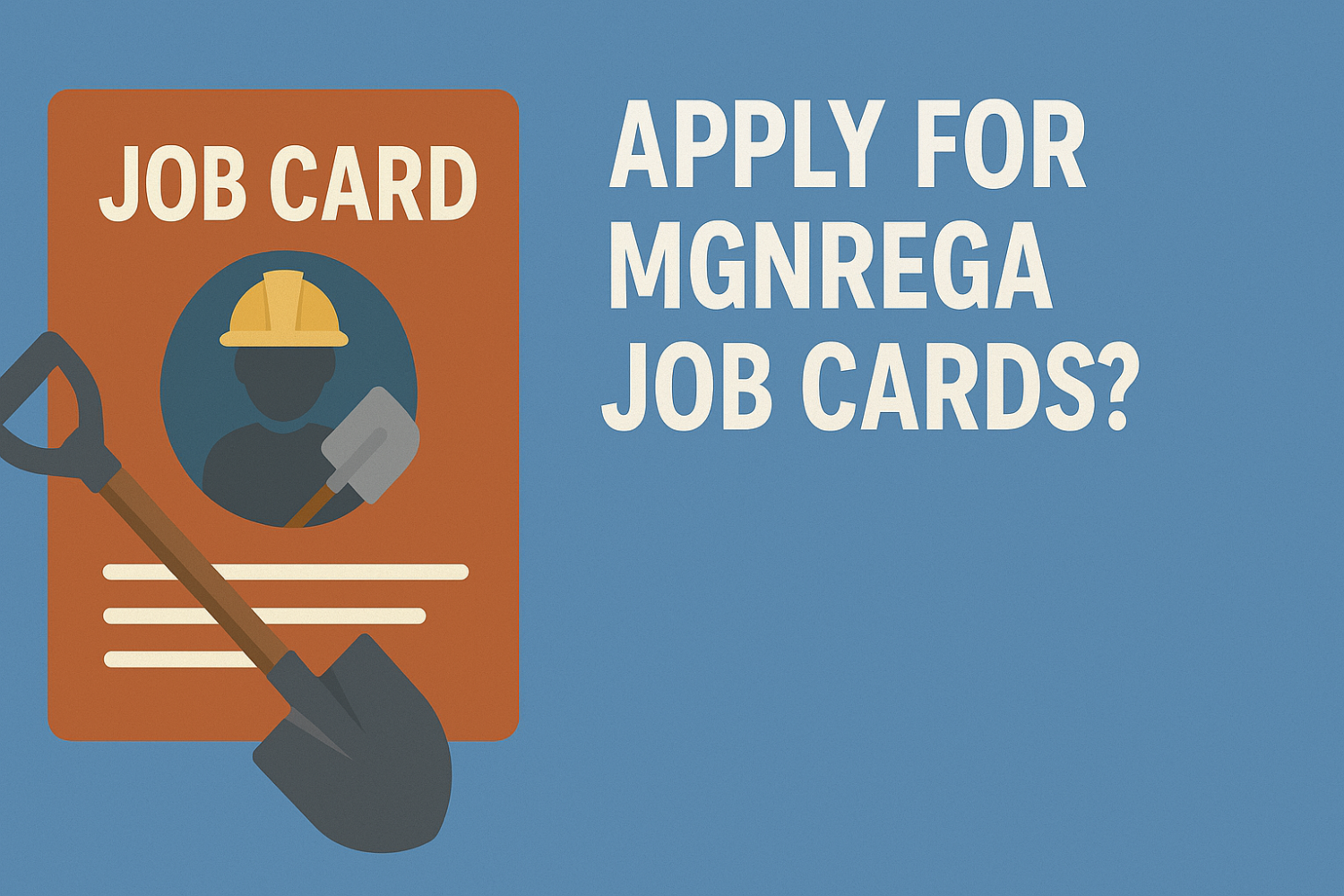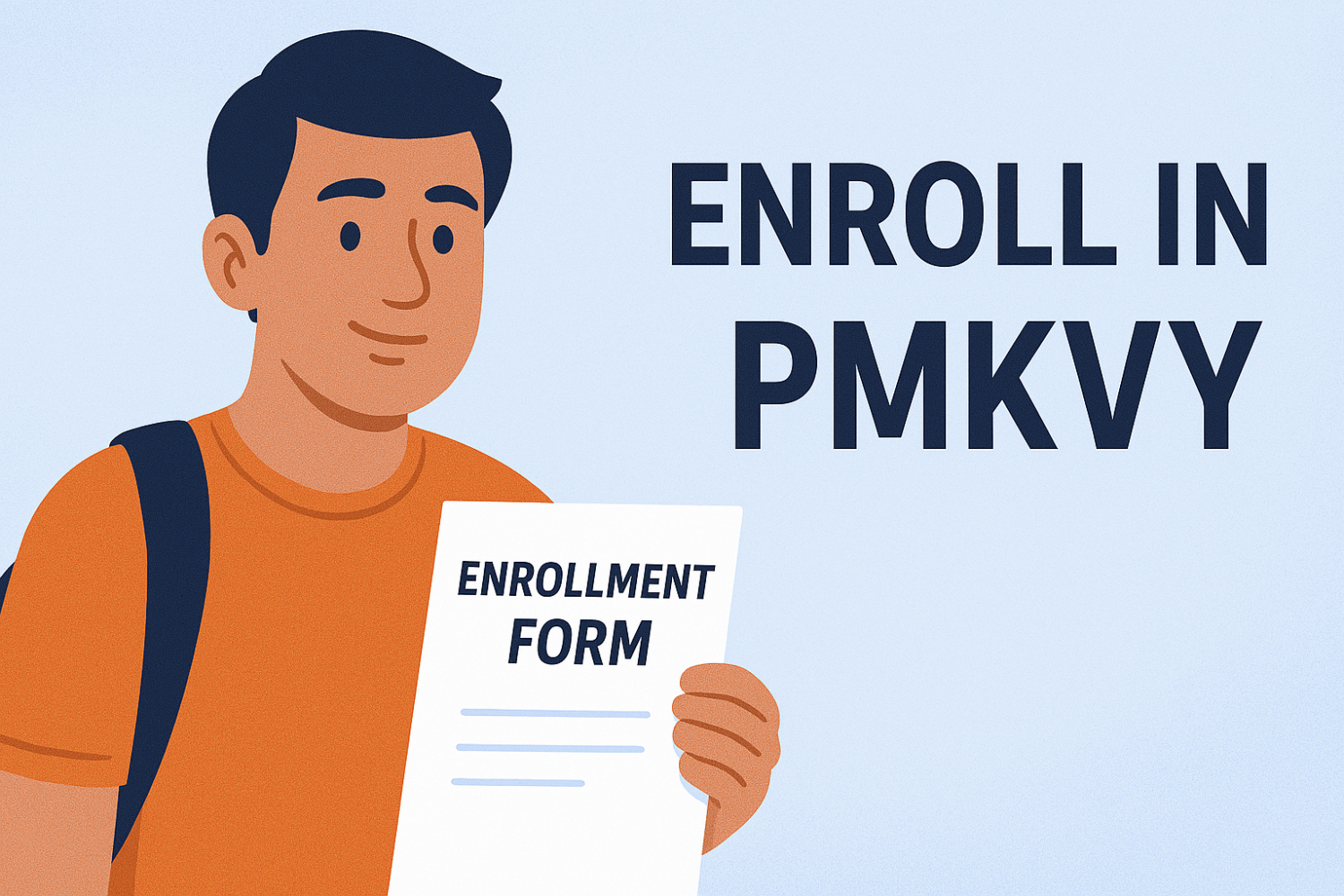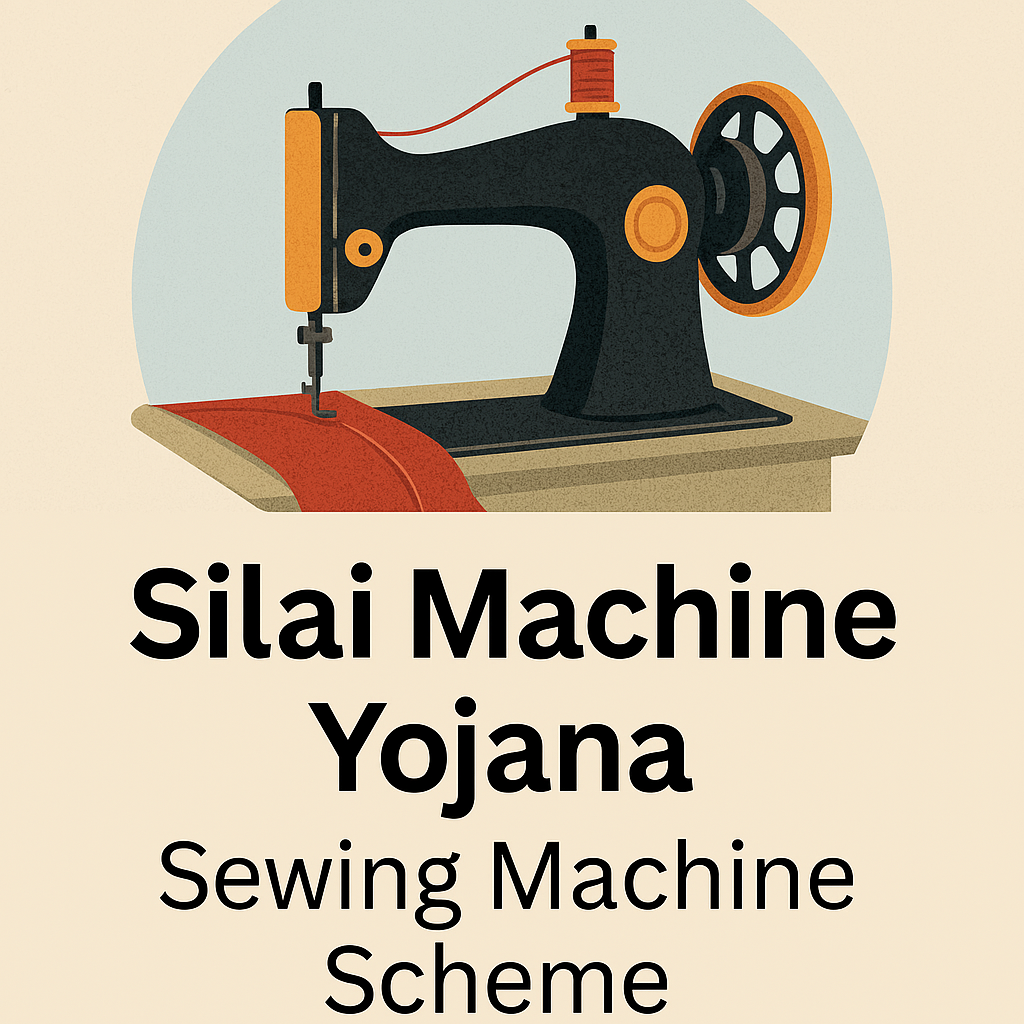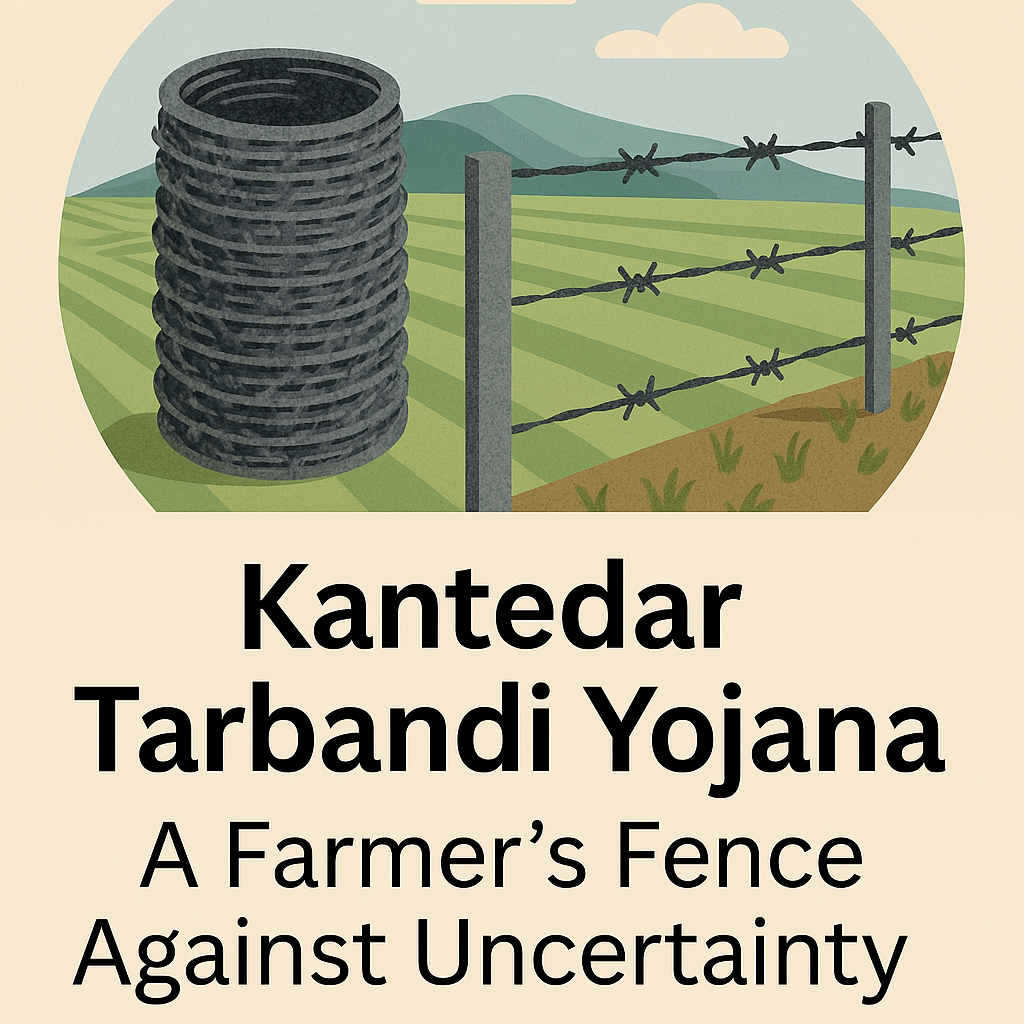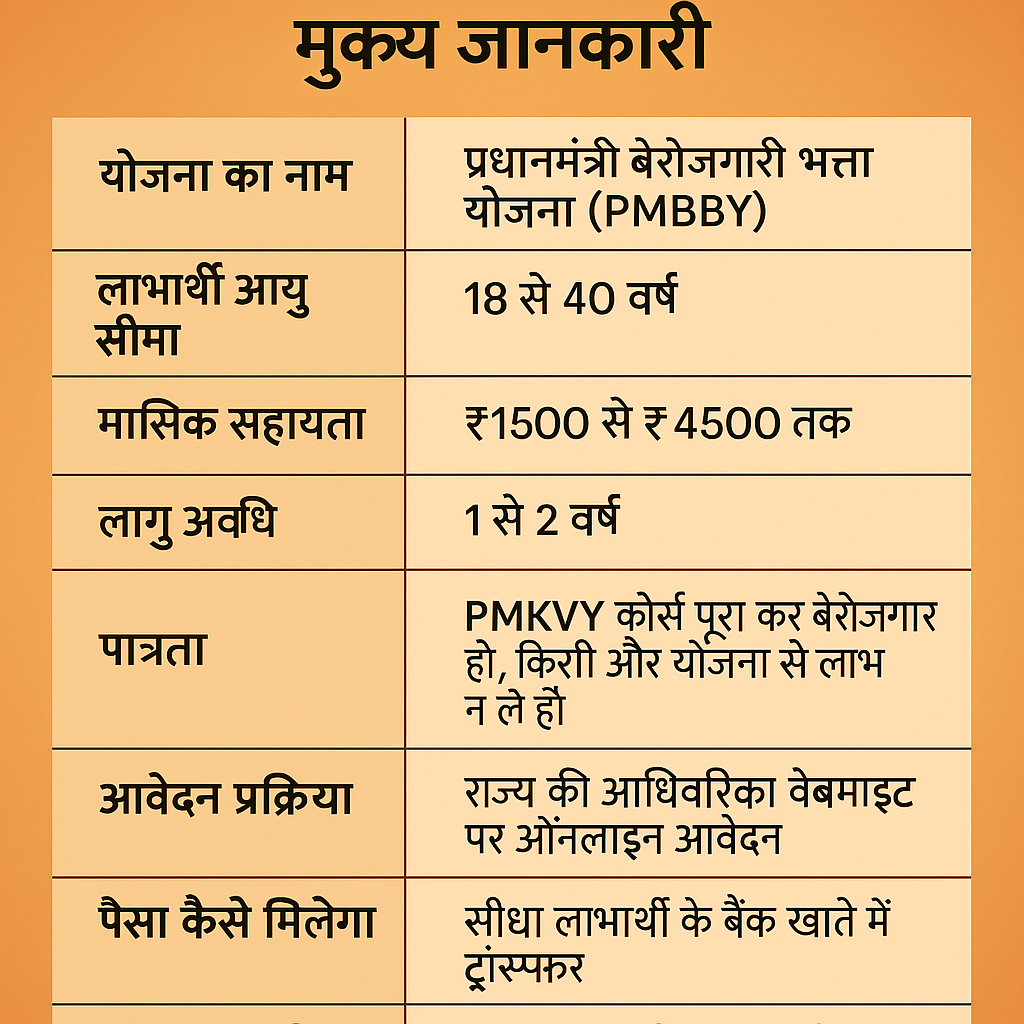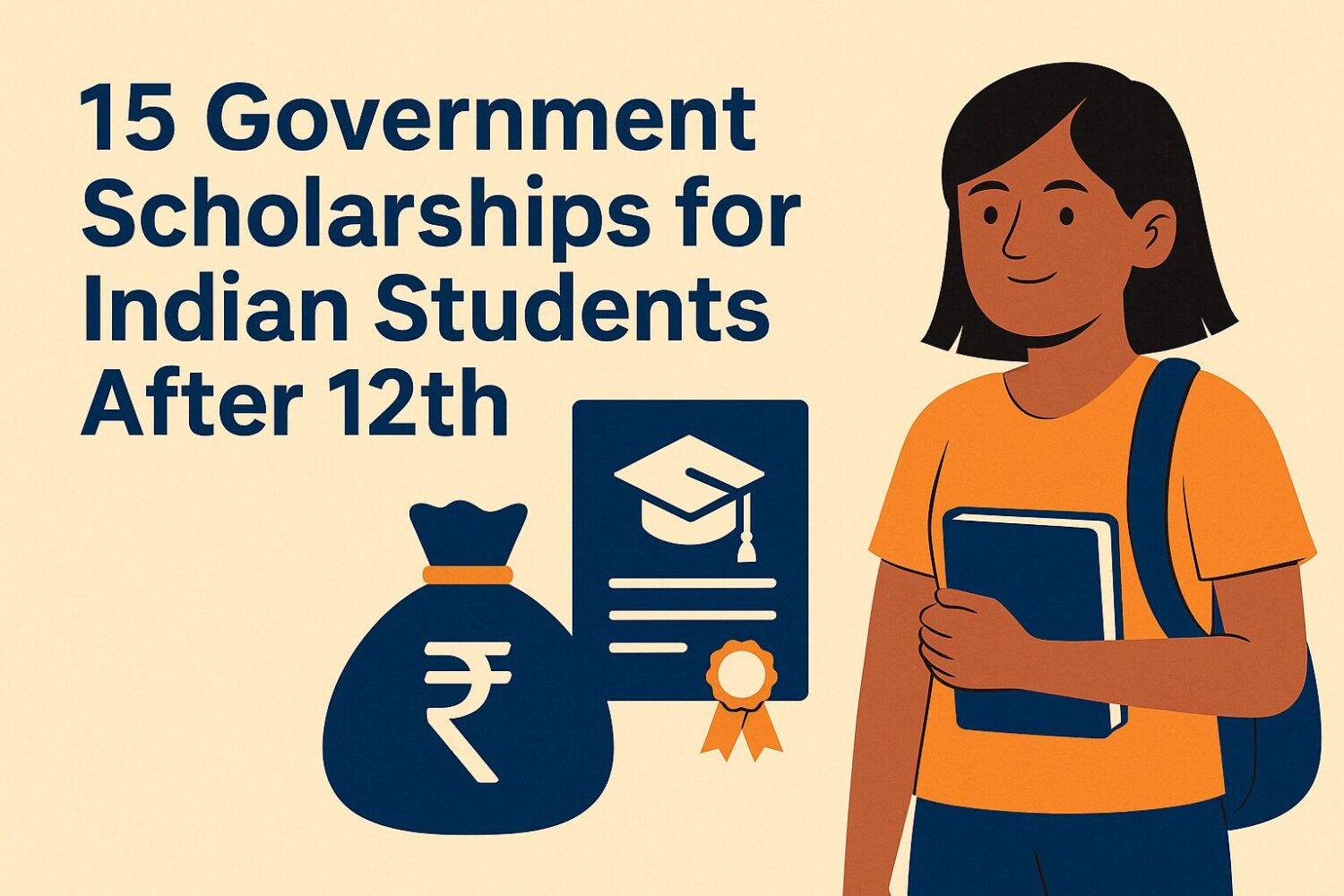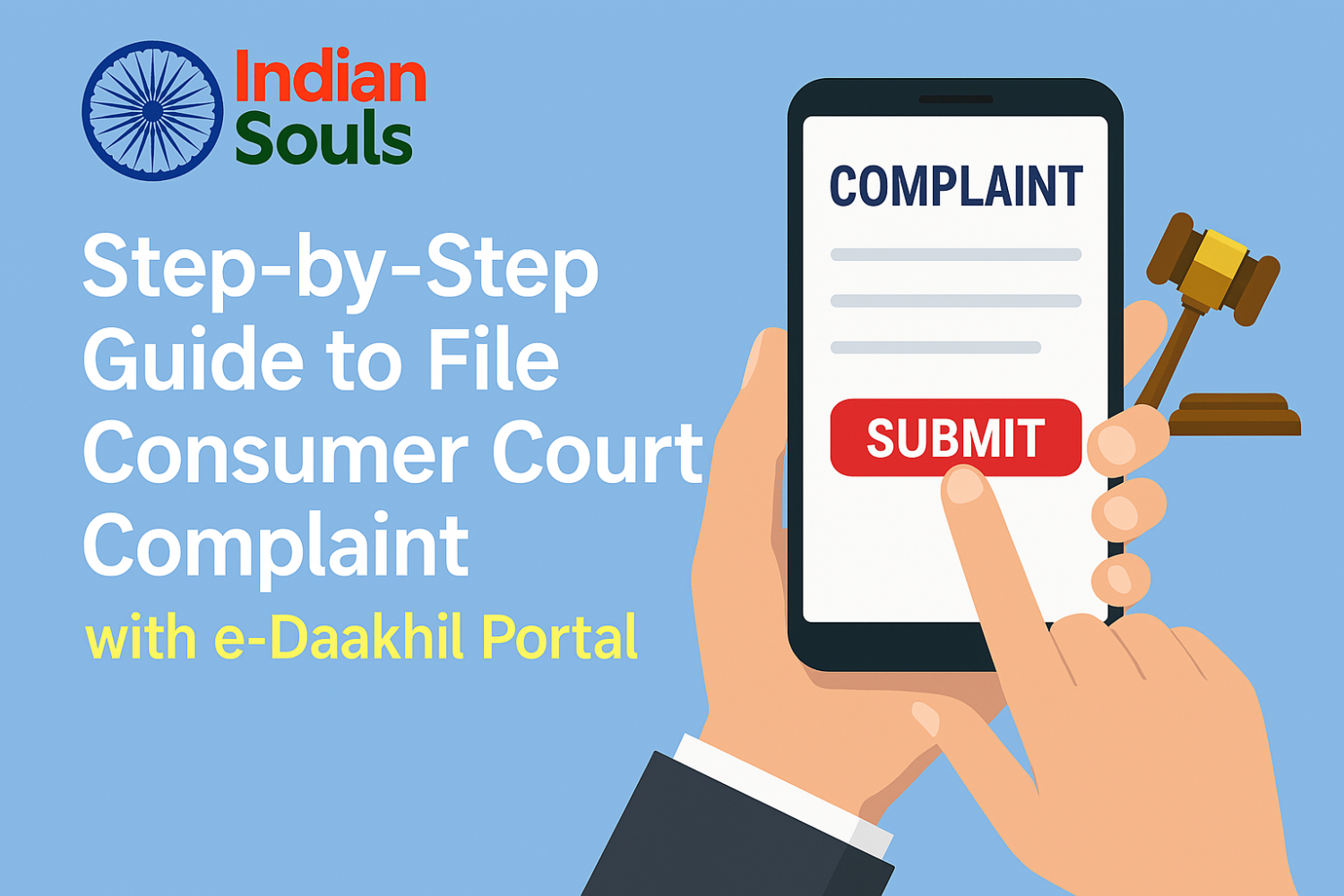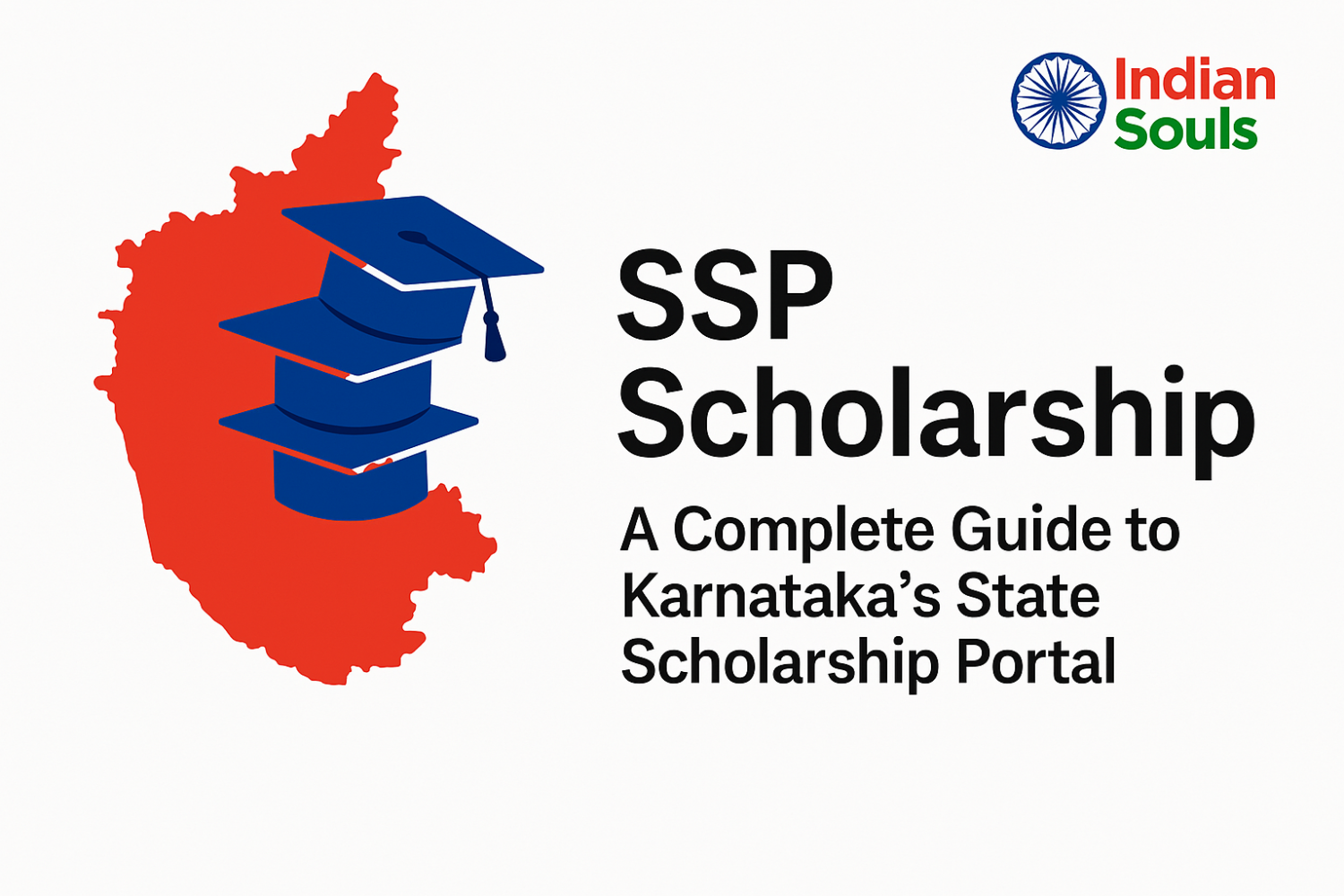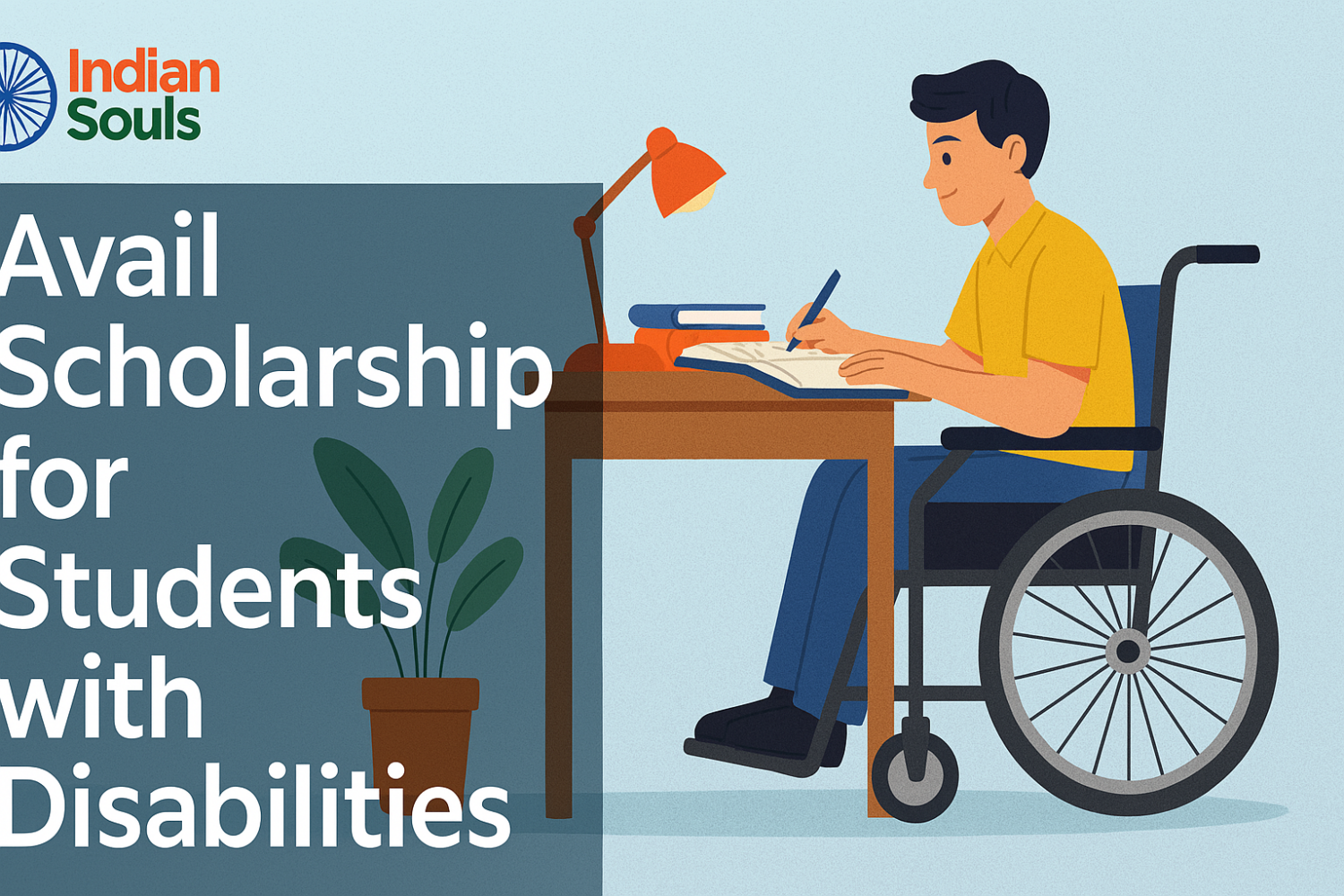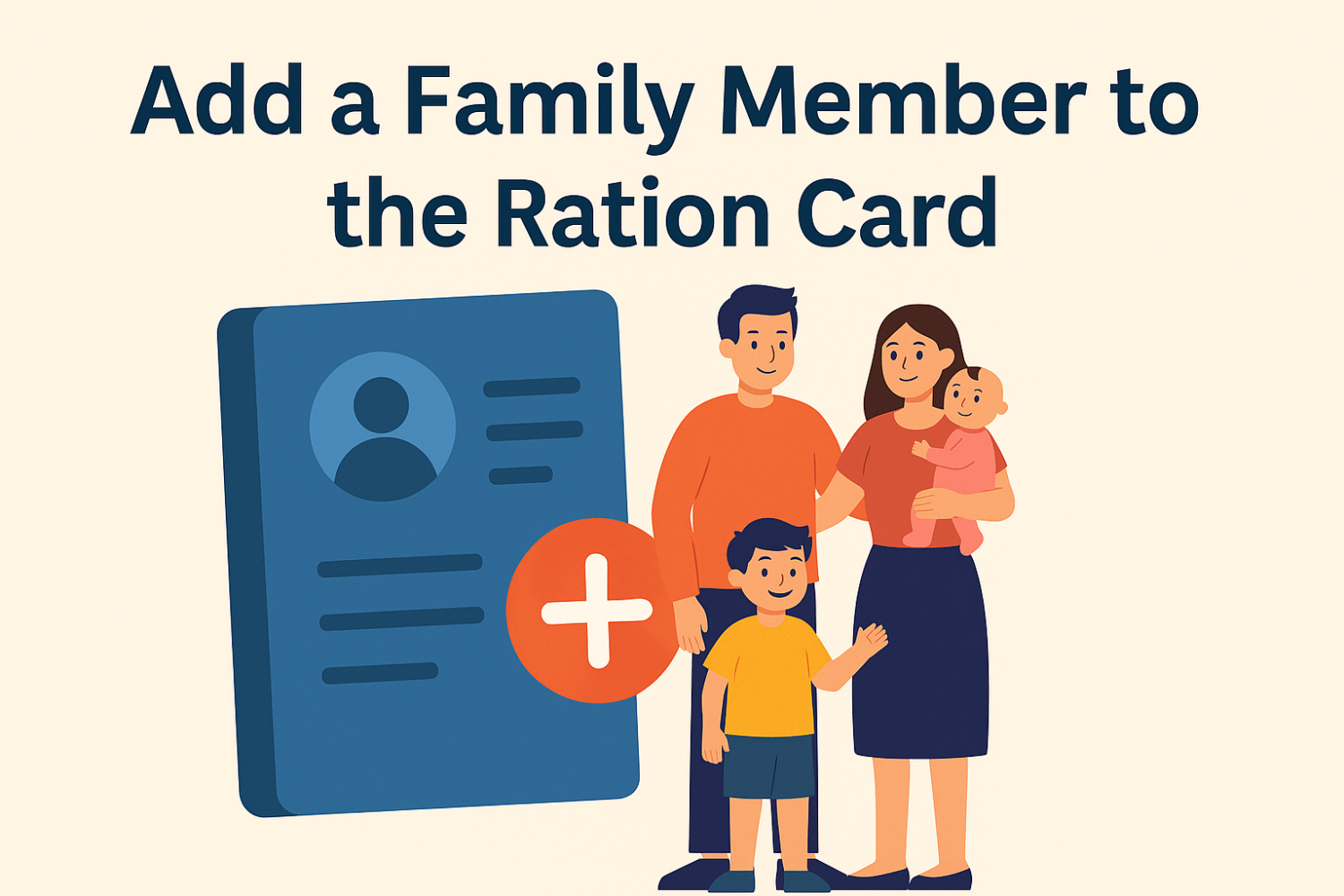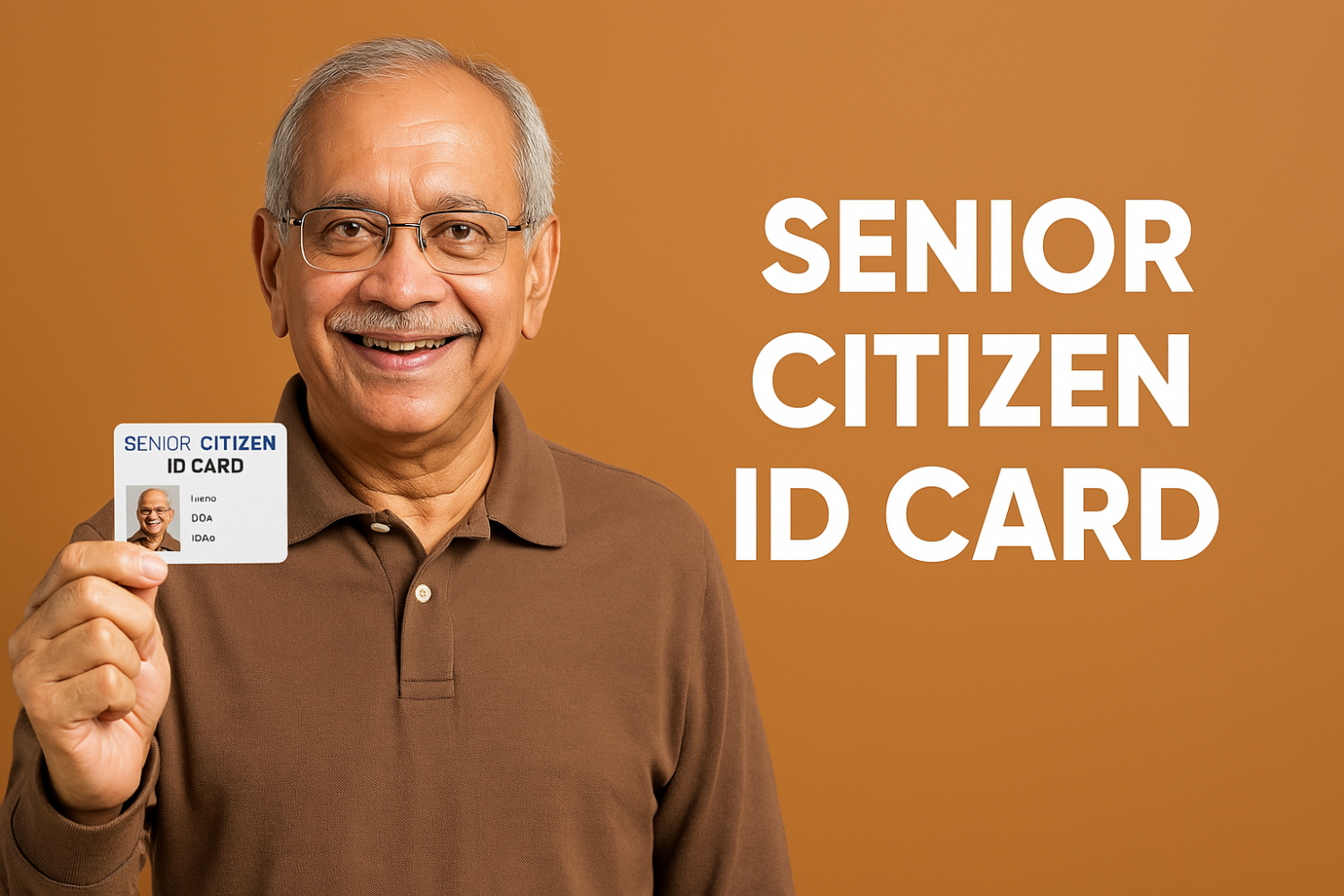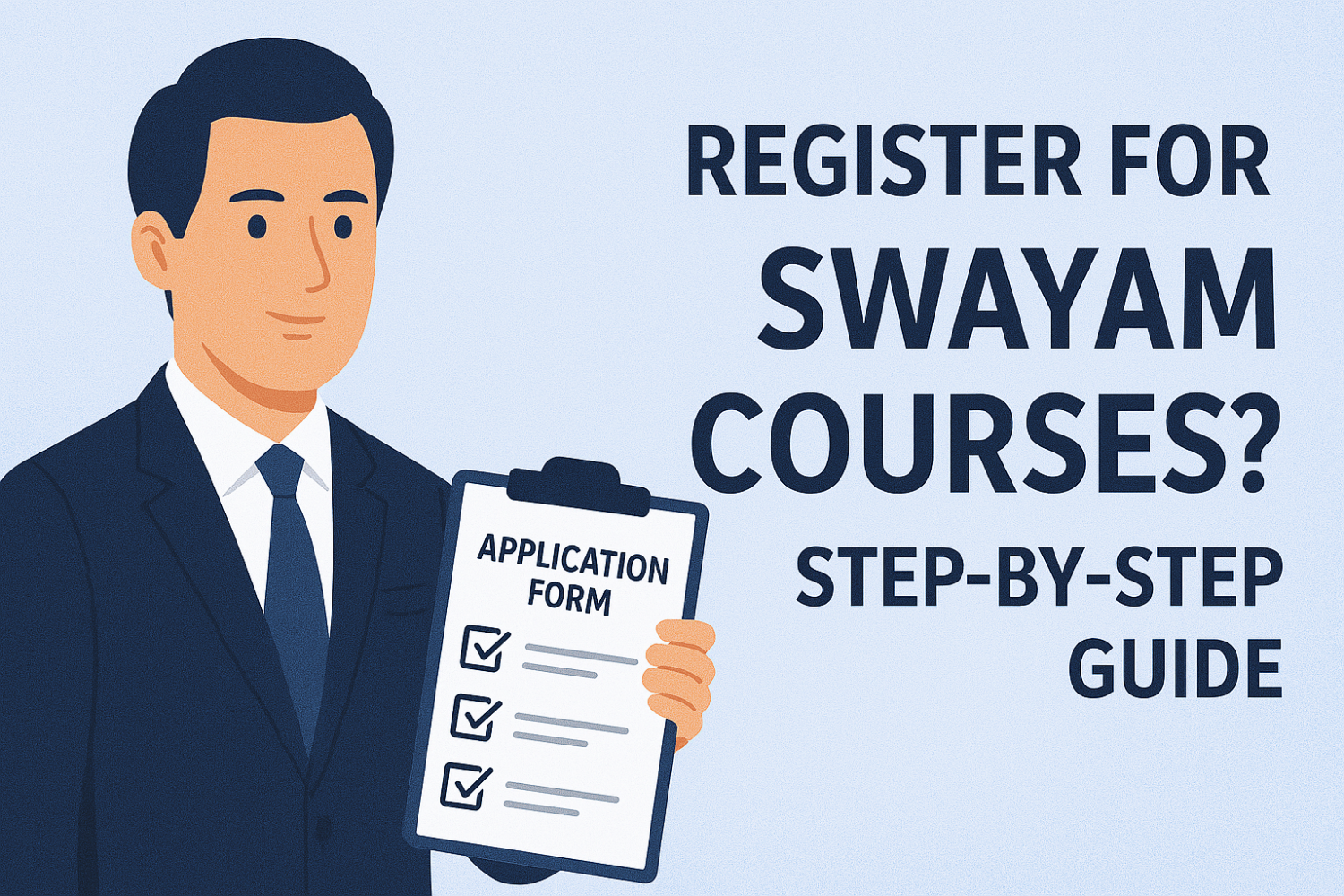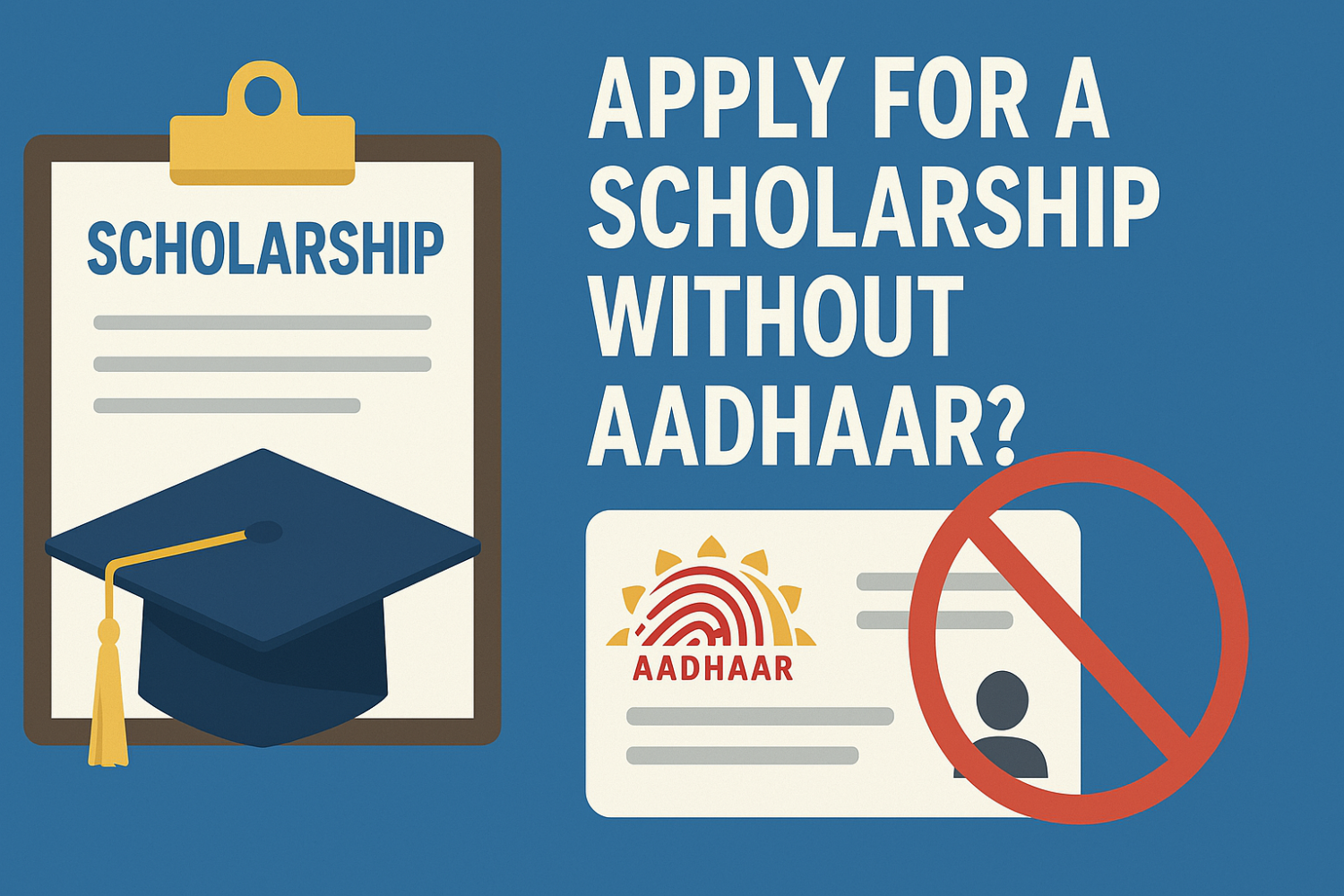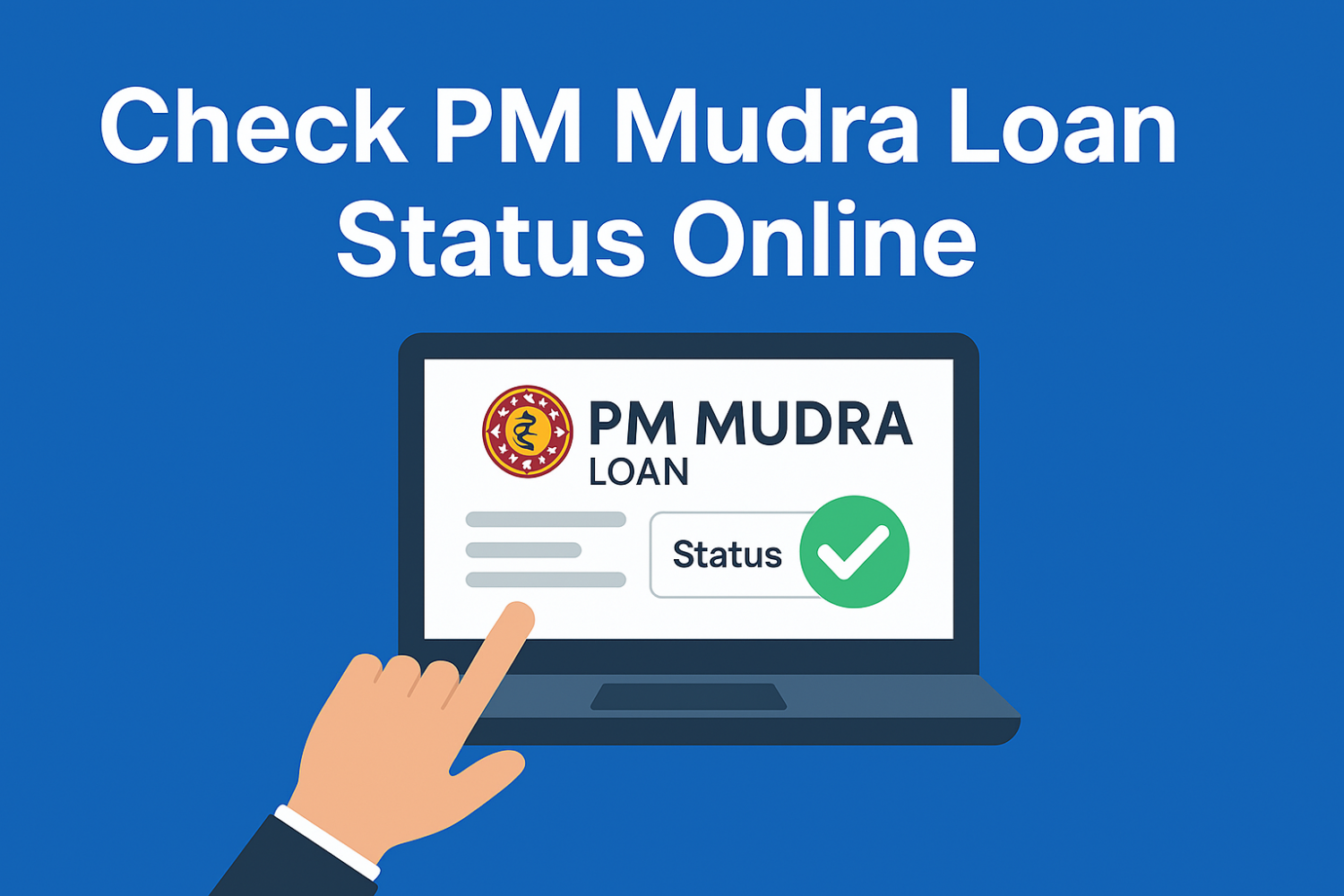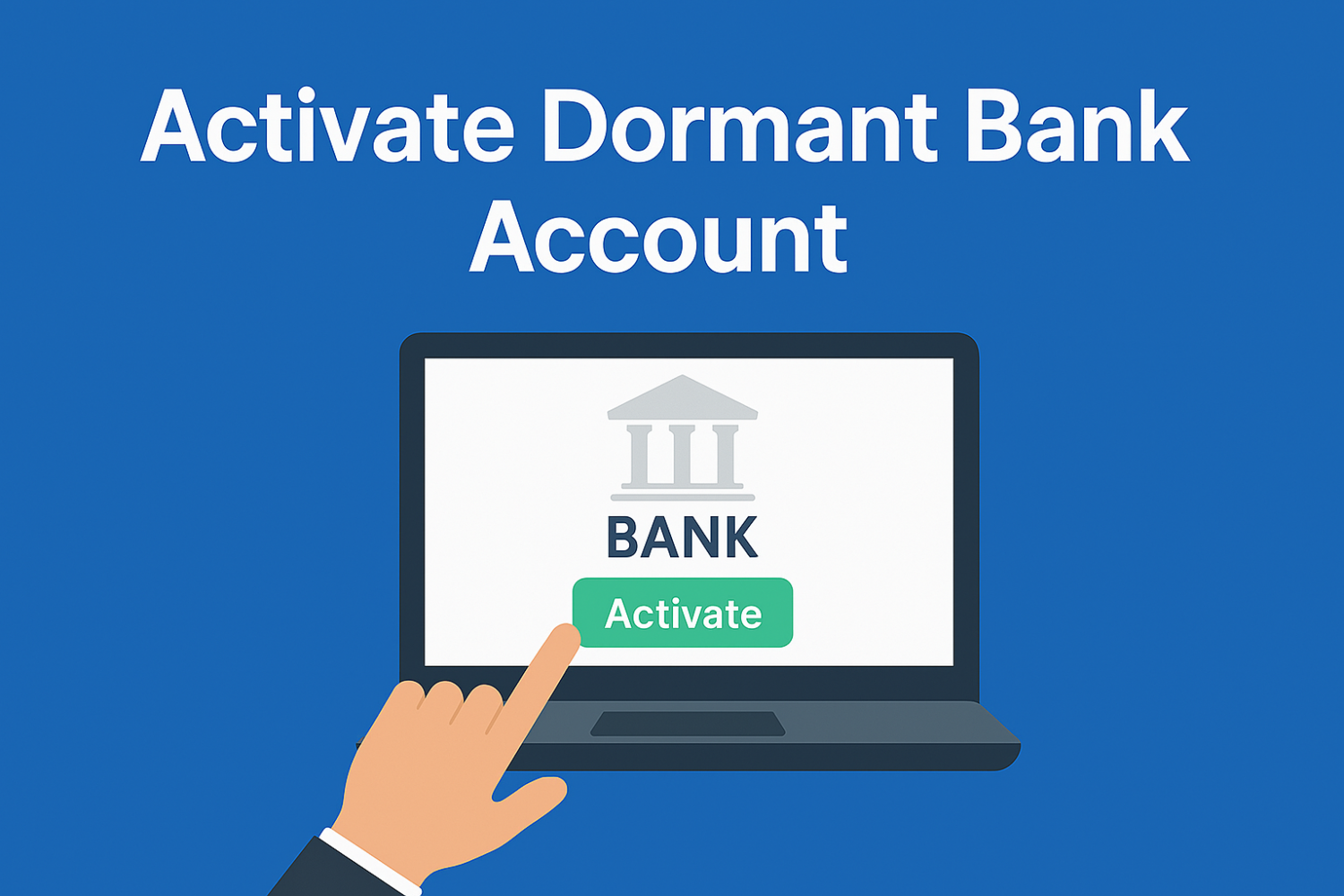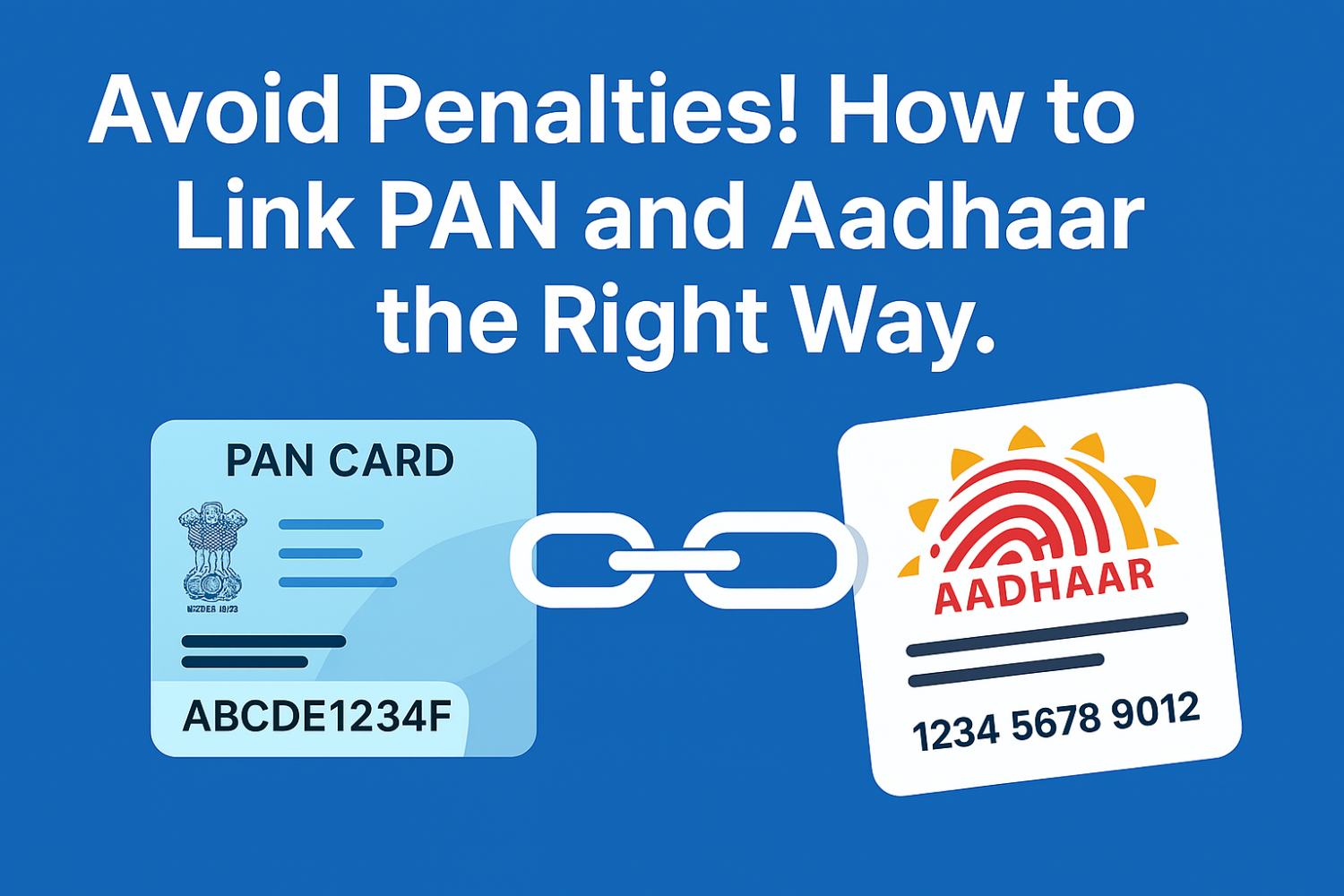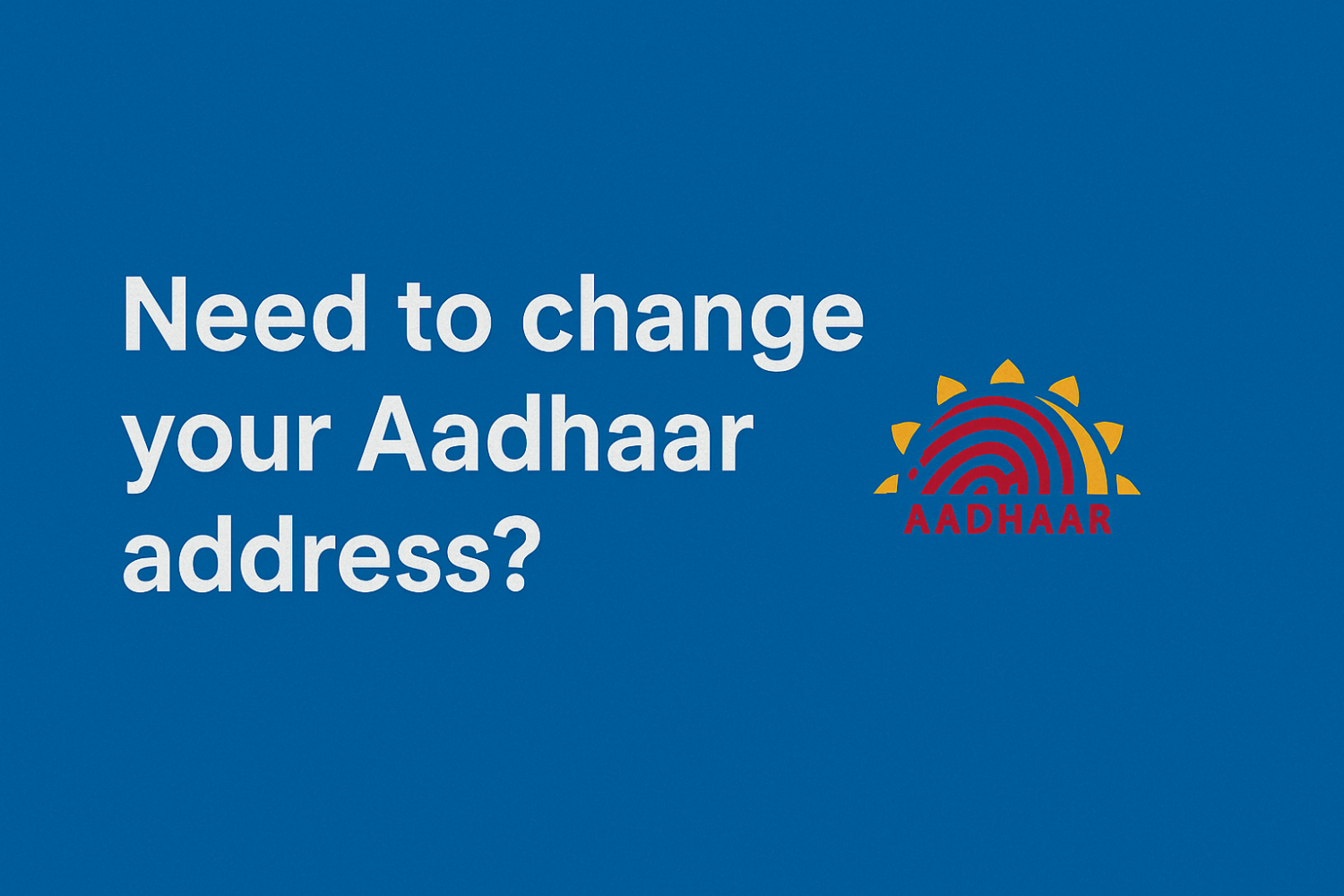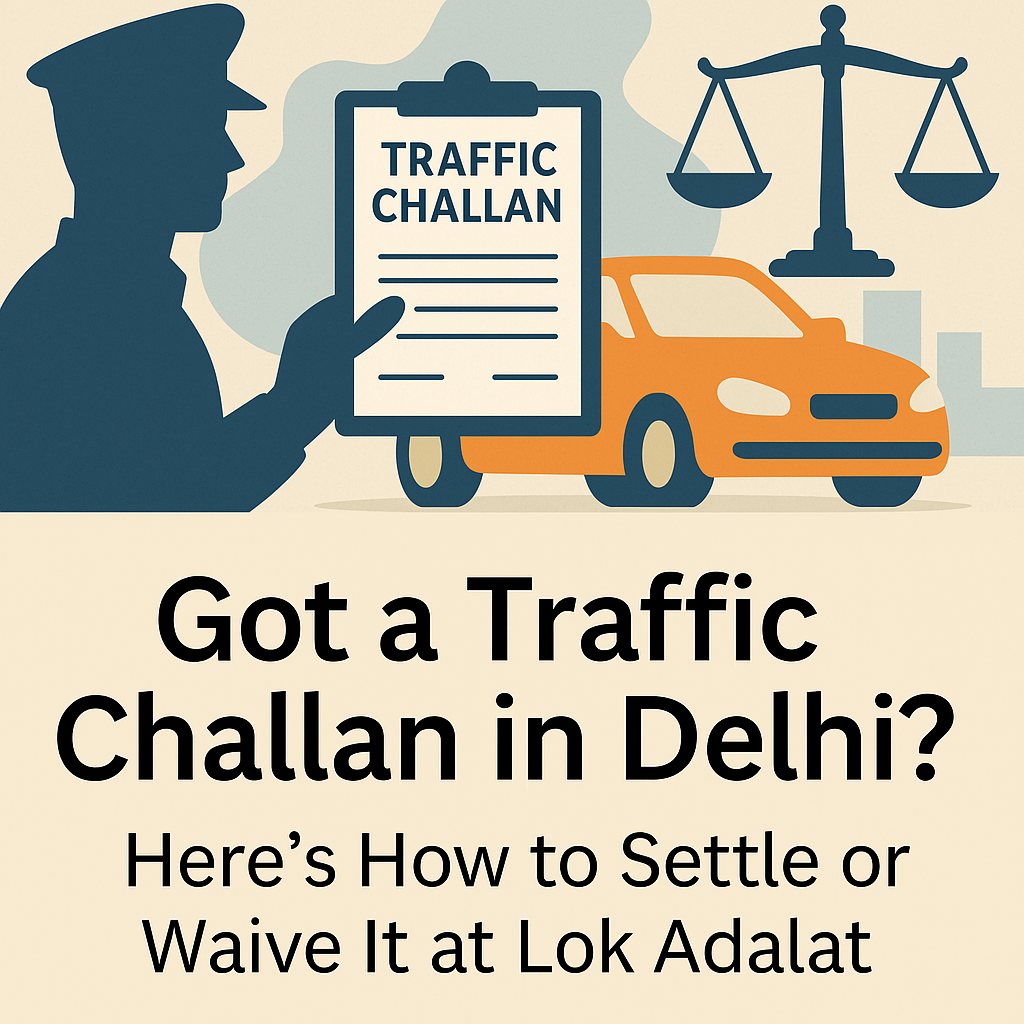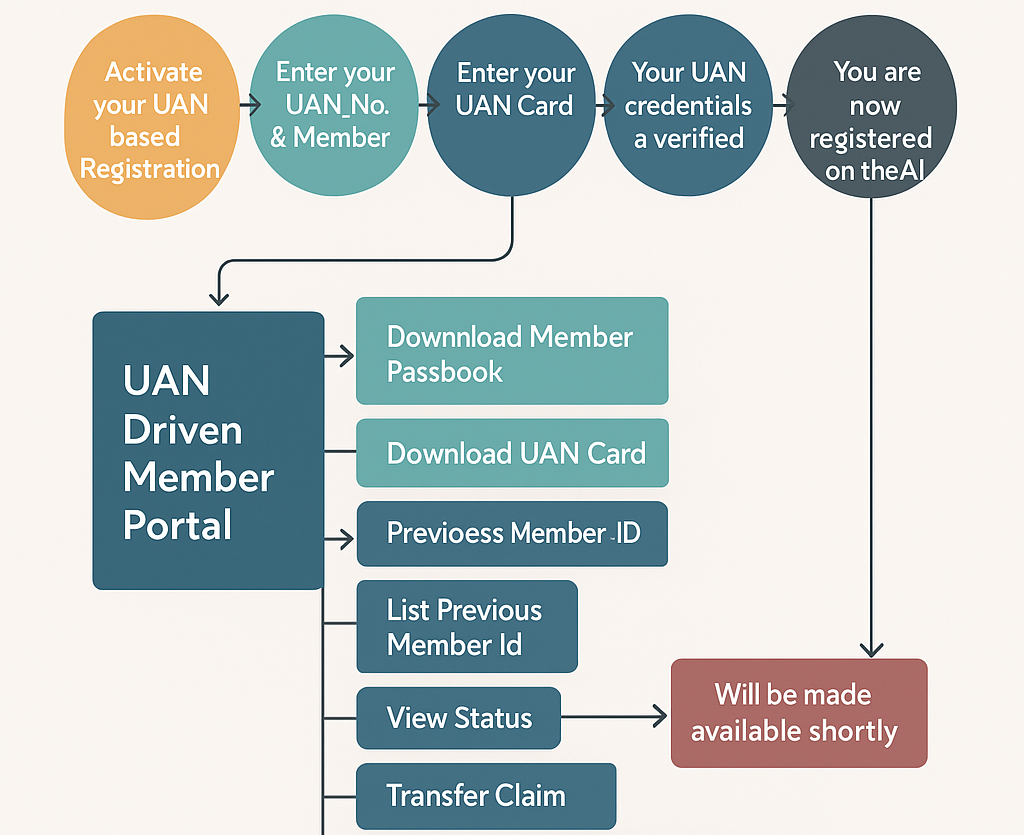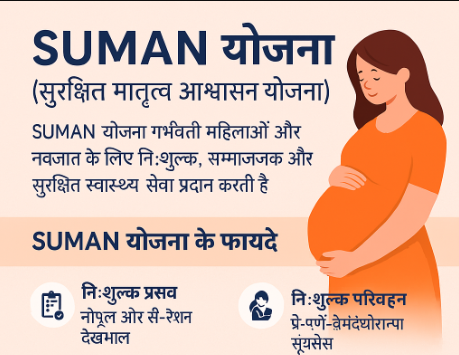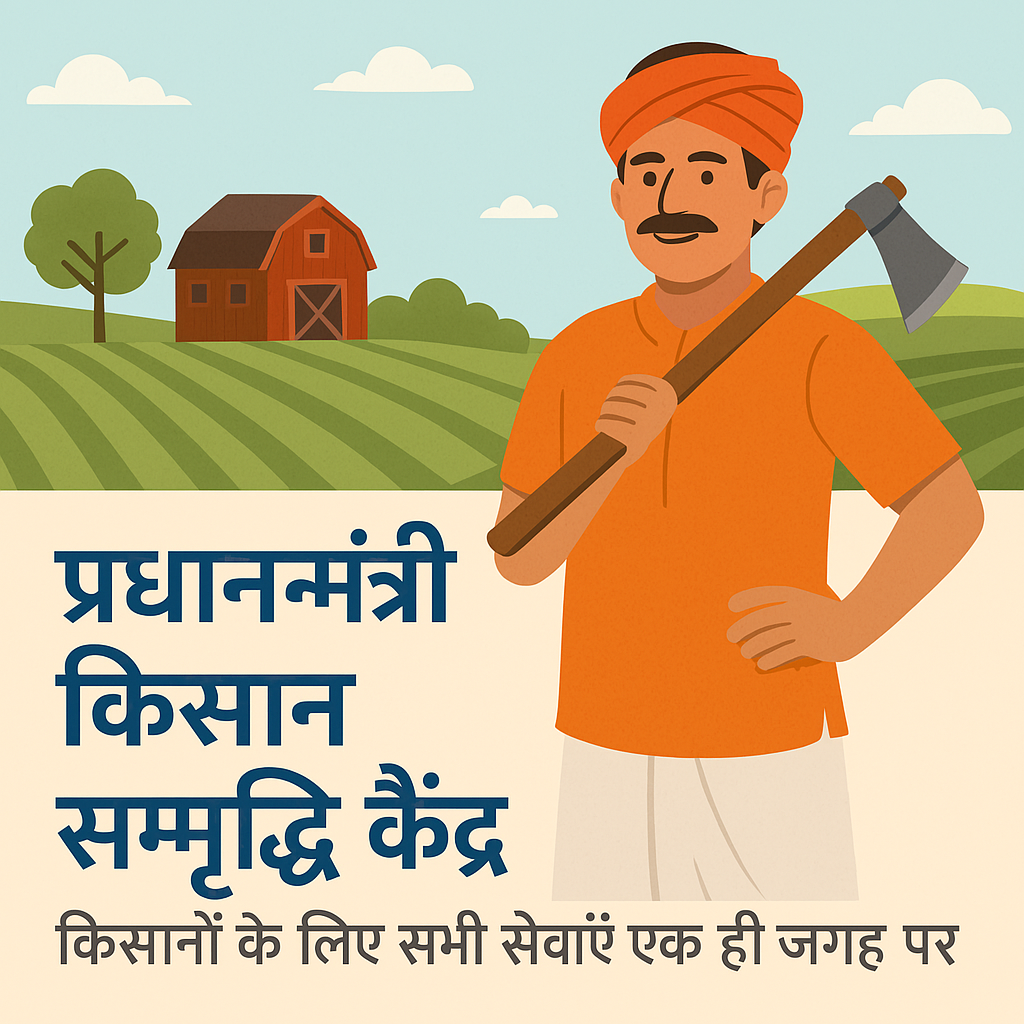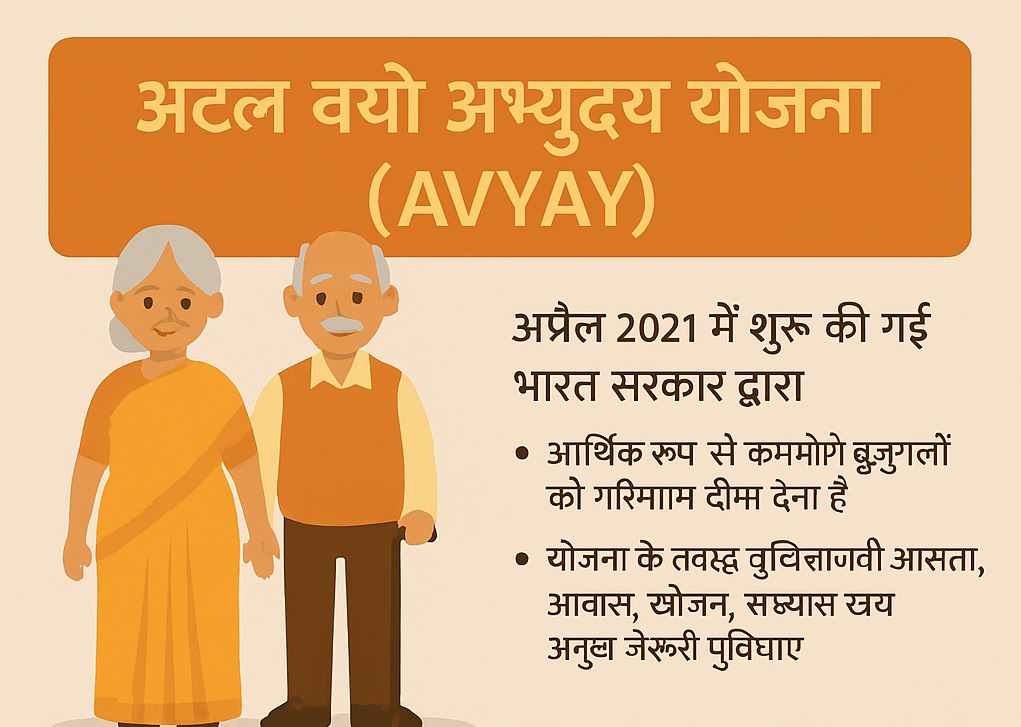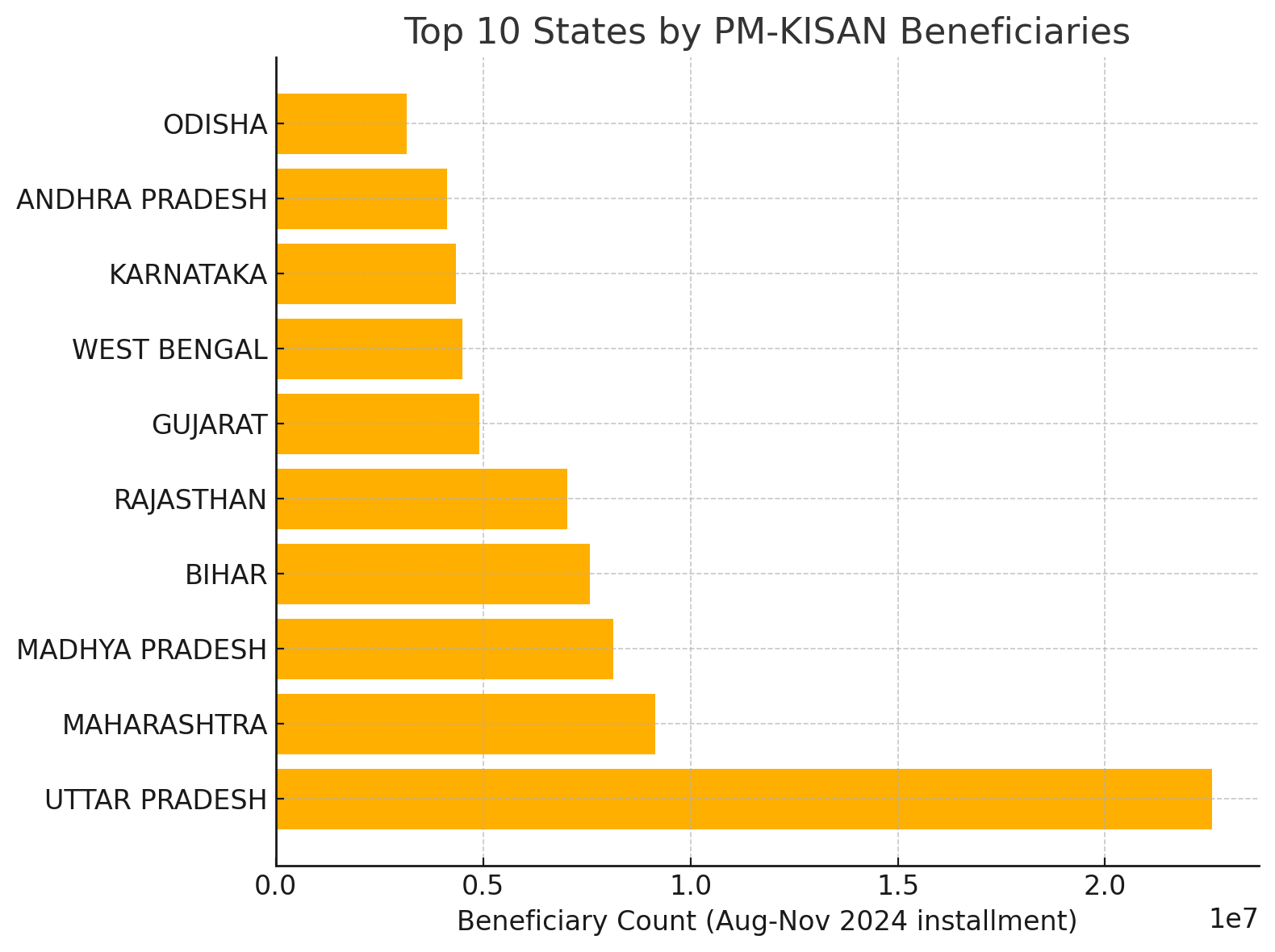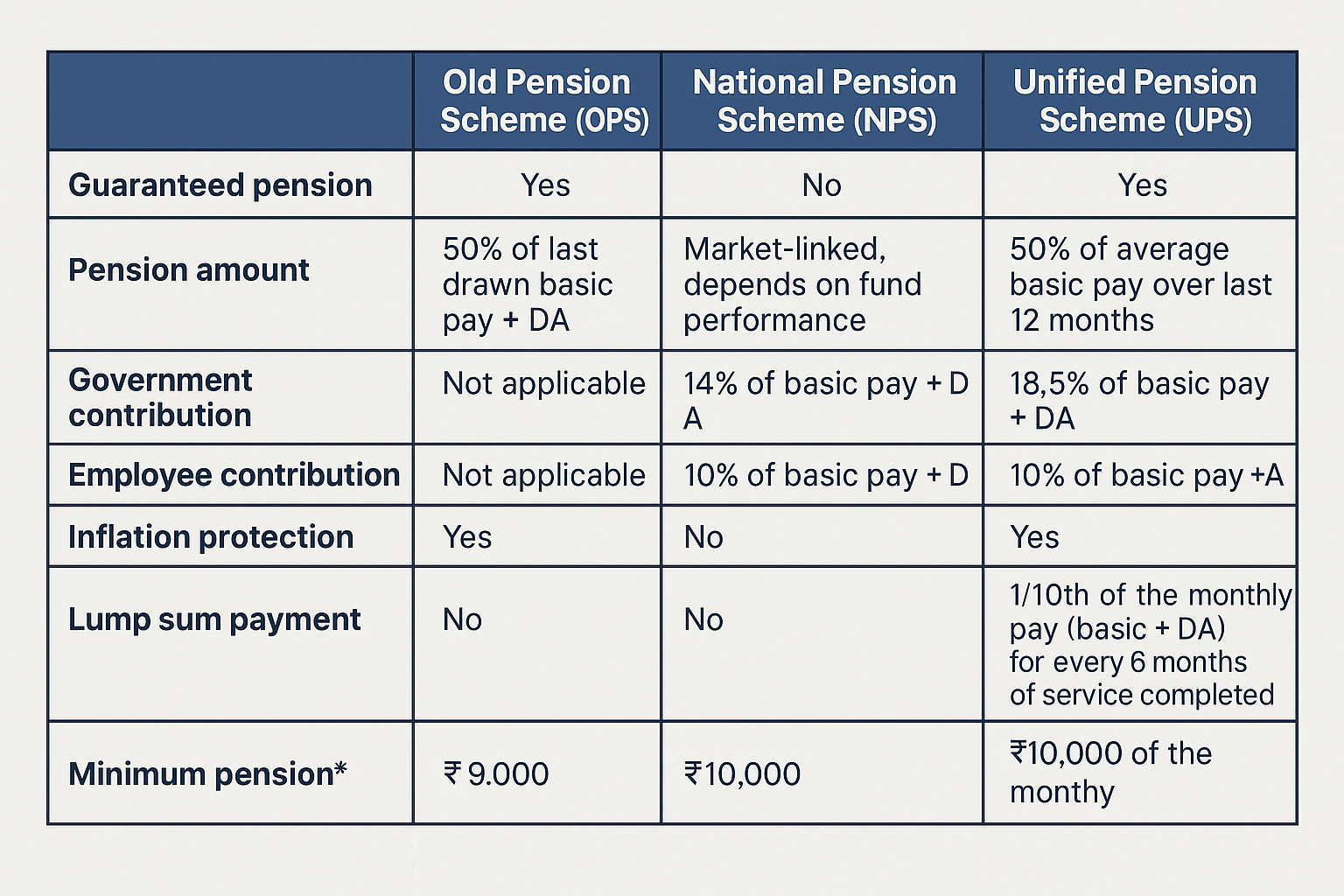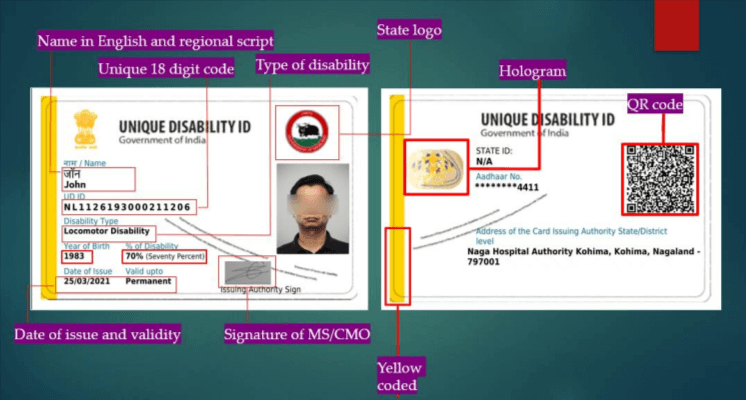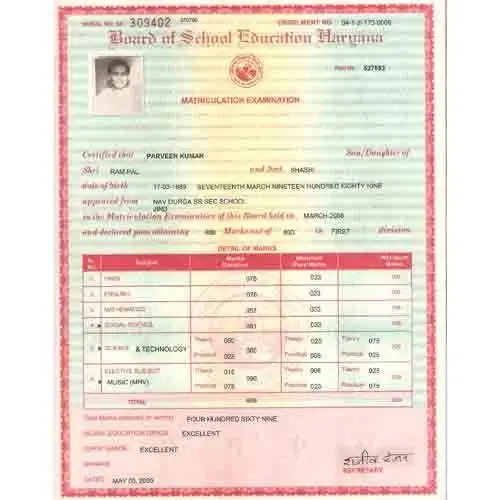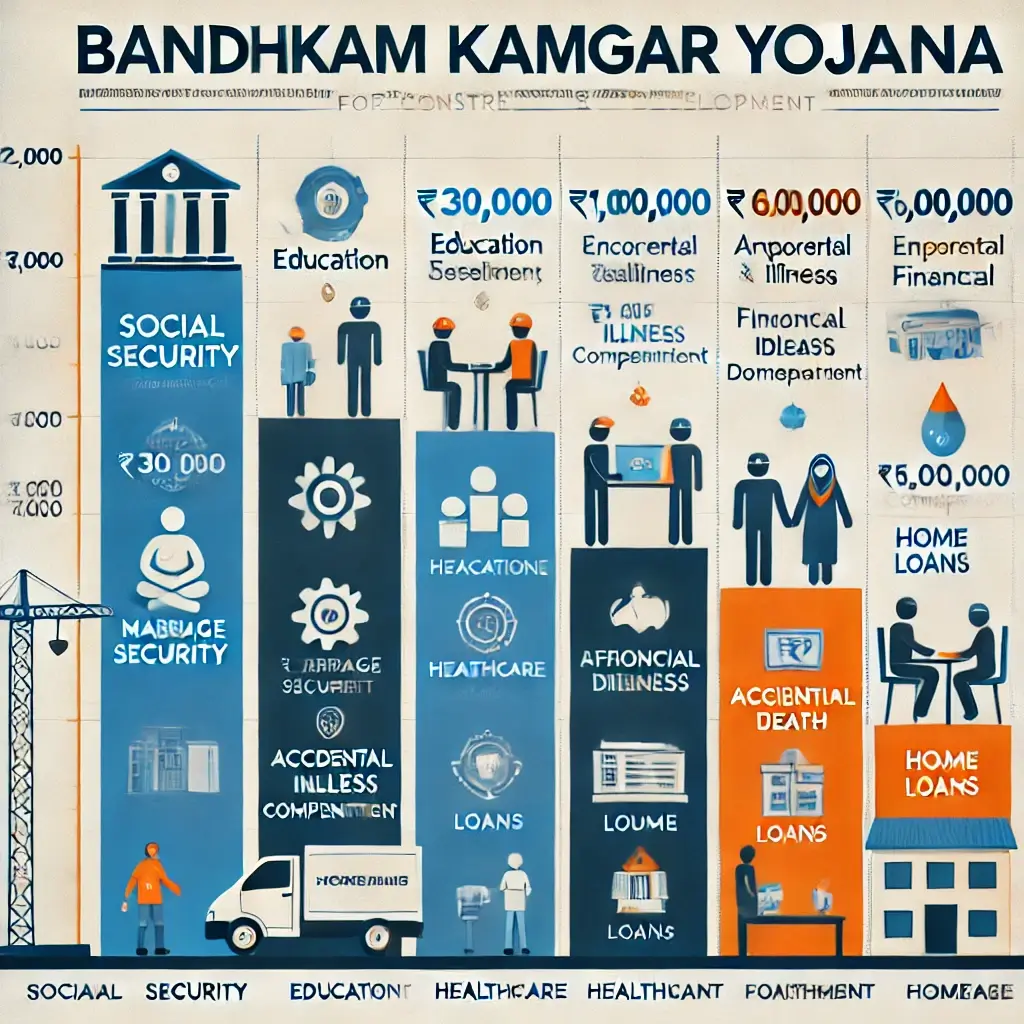
This content was recently updated by Sudhir Singh on April 23, 2025 to improve accuracy.
Summary
Pradhan Mantri Awas Yojana (PMAY) is a flagship housing scheme launched in 2015 to provide affordable housing to India’s urban and rural poor. It offers subsidies on home loans and financial aid for building or renovating houses.
Beneficiaries include low-income families, women, senior citizens, and persons with disabilities. There are two components. a) PMAY-Urban and b) PMAY-Gramin to address different regional needs.
The registration process is quick, mostly online, and completely free of cost. With integrated support from other welfare schemes, PMAY ensures homes are safe, sustainable, and livable. To explore more, please read the full article.
Introduction
A home is a basic need, like food and water. It offers safety, comfort, and stability. To help every Indian family, especially those with lower or middle incomes, the Indian government started the Pradhan Mantri Awas Yojana (PMAY) on June 25, 2015. This scheme aims to make safe and affordable housing accessible for all.
The goal of PMAY is to make sure that everyone has a pucca house (solid, permanent house) with basic needs like clean water, a toilet, and electricity. The government planned to build these homes by 2029.
PMAY focuses on building homes and enhancing lives. It enables families to live with dignity and security. The government collaborates with banks, local authorities, and private builders to make this happen.
People receive subsidies, which are discounts on home loans, and they use new building technology to save time and money.
PMAY Has Four Main Ways of Helping People:
- Fixing Slums: Improving homes where people live in slum areas.
- Loan Help (CLSS): Giving interest discounts on home loans.
- Private Builder Partnerships: Working with private builders to create more affordable homes.
- Self-Build Support: Giving money to people to build or fix their own homes.
PMAY works with other big government schemes like Swachh Bharat Mission (clean toilets), Ujjwala Yojana (LPG gas connections), and Saubhagya (electricity access).
There are two parts to PMAY:
- PMAY-Urban (PMAY-U): For people living in towns and cities.
- PMAY-Gramin (PMAY-G): For people living in villages and rural areas.
The government uses tools like Aadhaar, Direct Benefit Transfer (DBT), and online tracking portals to make sure the process is fair and transparent.
PMAY is one of India’s biggest and most important housing missions. It is changing millions of lives by helping families move into homes that are safe, strong, and full of hope.

Key Components & Features
1. PMAY-Urban (PMAY-U)
The urban housing segment in India faces unique challenges such as land scarcity, high construction costs, and unregulated slums. PMAY-Urban was introduced to tackle these issues by promoting inclusive development and providing affordable housing to urban dwellers.
PMAY-U targets the urban poor, including slum dwellers, economically weaker sections (EWS), lower-income groups (LIG), and middle-income groups (MIG I & II). The approach is demand-driven, empowering individuals and families to choose the mode of assistance that suits them best.
Its major highlights include:
- In-situ Slum Redevelopment (ISSR): Redeveloping existing slums using land as a resource, often with public-private partnership models.
- Affordable Housing in Partnership (AHP): Providing financial assistance to private builders to construct affordable homes.
- Credit Linked Subsidy Scheme (CLSS): Offering interest subsidies on home loans to eligible beneficiaries, making financing more affordable.
- Beneficiary-led Individual House Construction (BLC): For families who already own land but require financial help to construct or enhance a home.
2. PMAY-Gramin (PMAY-G)
PMAY-Gramin was launched to replace the Indira Awas Yojana (IAY) and enhance rural housing standards by ensuring pucca housing for the poorest sections of society.
The rural housing crisis is often characterized by kuccha houses made of non-durable materials, the absence of basic amenities, and vulnerability to weather and disasters.
PMAY-G addresses these gaps by:
- Providing financial assistance of ₹1.20 lakh in plain areas and ₹1.30 lakh in hilly regions for house construction.
- Ensuring a minimum house size of 25 sq. meters, including a hygienic cooking area.
- Integrating support from MGNREGA for labour and the Swachh Bharat Mission for toilets.
- Enabling Direct Benefit Transfers (DBT) to avoid delays and middlemen.
Beneficiaries are selected transparently based on Socio-Economic and Caste Census (SECC) 2011 data and finalized by the Gram Sabha. The scheme mandates geo-tagged photographs of the construction site at various stages to monitor progress through the AwaasSoft MIS portal.
The homes under PMAY-G not only provide shelter but also empower families economically and socially, serving as a long-term asset for generations.
Replacing the Indira Awas Yojana (IAY), PMAY-G provides:
- Financial assistance for the rural poor to build pucca houses
- Inclusion of beneficiaries through SECC 2011 data and Gram Sabha verification
- Minimum 25 sq. meters house size including cooking space
- Convergence with schemes like MGNREGA for labour and SBM for sanitation
Pradhan Mantri Awas Yojana Benefits
The Pradhan Mantri Awas Yojana offers a wide spectrum of socio-economic and developmental benefits that cater to various sections of society. These benefits are not just financial but also structural, social, and psychological. By facilitating homeownership, the scheme lays the foundation for long-term security and upward mobility.
| Category | Annual Household Income | Carpet Area Limit | Max Subsidy | Subsidy Rate |
| EWS | Up to ₹3 lakh | Up to 30 sq. mt | ₹2.67 lakh | 6.5% |
| LIG | ₹3 – ₹6 lakh | Up to 60 sq. mt | ₹2.67 lakh | 6.5% |
| MIG-I | ₹6 – ₹12 lakh | Up to 160 sq. mt | ₹2.35 lakh | 4% |
| MIG-II | ₹12 – ₹18 lakh | Up to 200 sq. mt | ₹2.30 lakh | 3% |
Here’s a closer look at the key benefits for each target group:
For the General Public
- Financial support up to ₹2.67 lakh under CLSS.
- Quality housing with better amenities.
- Integration with basic services like electricity, water supply, and waste management.
- Greater security and social upliftment through permanent housing.
For Government Employees
- Eligible to claim the House Building Advance (HBA) linked with G-Sec rates.
- Access to PMAY if within the income eligibility slabs. Slab given below.
- Double benefit in terms of institutional loan support and subsidy reimbursement.
For Senior Citizens
- Ground-floor preference for better mobility.
- Custom-designed homes under the scheme (wider doors, ramps).
- Psychological comfort of independent ownership.

Additional Requirements:
- The beneficiary family should not own a pucca house anywhere in India.
- Aadhaar is mandatory for identity verification.
- Preference given to female ownership/co-ownership in EWS/LIG.
- Senior citizens and the differently-abled get priority for ground-floor housing.
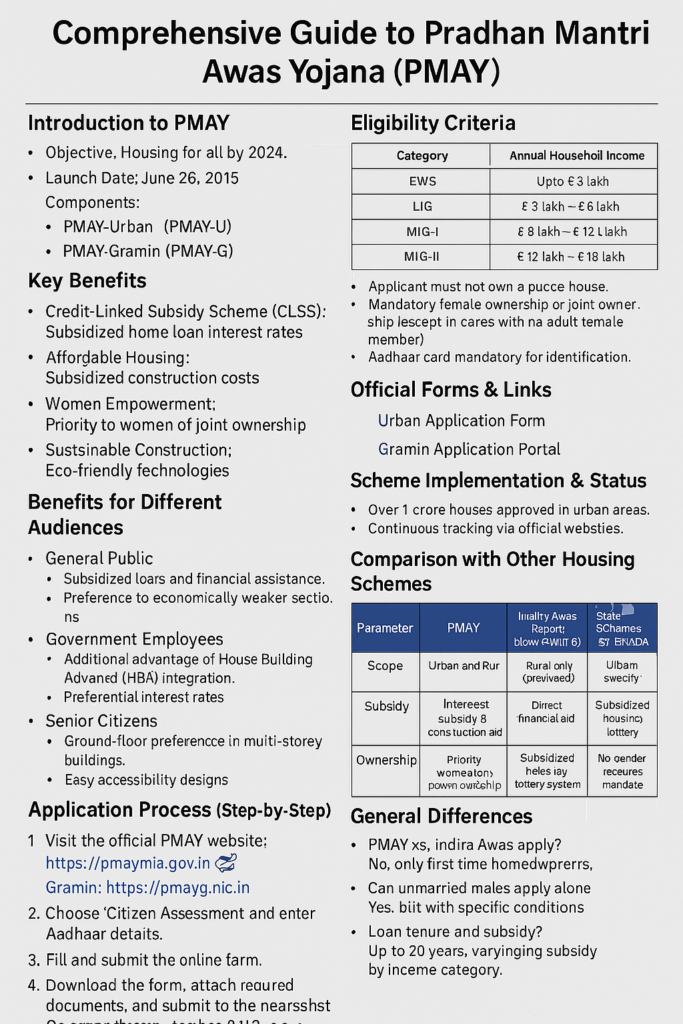
Pradhan Mantri Awas Yojana Application Process (Urban & Gramin)
The application process for PMAY has been designed to be accessible, transparent, and technology-driven. It differs slightly between the Urban (PMAY-U) and Gramin (PMAY-G) versions of the scheme to accommodate the distinct characteristics of urban and rural populations.
Pradhan Mantri Awas Yojana PMAY-U (Urban)
The urban component supports online self-application and offline facilitation through Common Service Centres (CSCS) and banks. Here’s a step-by-step breakdown:
Step-by-Step Guide:
- Visit the Official Portal: Go to https://pmaymis.gov.in
- Select ‘Citizen Assessment’: Choose the category relevant to your income group (e.g., EWS, LIG, MIG-I, MIG-II).
- Aadhaar Verification: Enter your 12-digit Aadhaar number. It is mandatory for authentication.
- Fill Application Form: Provide personal details (name, income, address, family size), bank information, and housing requirements.
- Review and Submit: Cross-check all data before submitting the form.
- Generate Application Reference Number: Save or print this for future tracking.
- Offline Submission (if applicable): Submit supporting documents and a printed form at the nearest CSC or affiliated bank.
Pradhan Mantri Awas Yojana Documents Required:
- Aadhaar Card (mandatory)
- Income Certificate or Form 16
- Identity Proof (PAN, Voter ID, etc.)
- Address Proof (Utility Bill, Passport, etc.)
- Property ownership documents (if any)
- Construction/Building approval (for BLC applicants)
Pradhan Mantri Awas Yojana PMAY-G (Gramin)
The Gramin version has a more community-driven and assisted approach to ensure inclusivity.
Pradhan Mantri Awas Yojana Step-by-Step Guide:
- Visit the Official Portal: Navigate to https://pmayg.nic.in
- Check Beneficiary List: Verify if your name appears in the SECC 2011 database. Alternatively, Gram Sabha can help verify eligibility.
- Aadhaar Authentication: All applicants must provide Aadhaar for authentication and DBT compliance.
- Assistance Through Gram Panchayat: Applications are largely processed and supported by the Panchayat office or the Block Development Office.
- Documentation and Inspection: Site visits and geo-tagging ensure construction integrity and eligibility.
- Receive DBT Funds: Once approved, financial assistance is directly transferred to the beneficiary’s bank account in tranches.
Pradhan Mantri Awas Yojana Documents Required:
- Aadhaar Card
- SECC 2011 inclusion proof
- Bank account details (with Aadhaar linking)
- Consent form for geo-tagging and MIS tracking
Application Status Tracking
Applicants of both PMAY-U and PMAY-G can track their application status online:
Offline Support and Helpdesk
Beneficiaries facing challenges can:
- Visit their nearest Common Service Centre (CSC)
- Contact local municipal authorities or panchayat offices
- Call the PMAY helpline number at 1800-11-6446 (toll-free)
Downloadable Forms:
Pradhan Mantri Awas Yojana 2.0 – PMAY 2.0
PMAY 2.0 is the updated and expanded phase of the Pradhan Mantri Awas Yojana, launched in 2024. Building on the lessons and successes of the original PMAY (2015–2024), this new phase is designed to address the housing challenges still faced by a large segment of India’s population, especially urban migrants, informal workers, and economically weaker families.
Objectives of PMAY 2.0
- Construct 2 crore additional pucca houses by FY 2029.
- Improve delivery time and construction quality through state coordination.
- Expand coverage to urban homeless, migrants, and informal workers.
- Promote green building practices and disaster-resilient structures.
- Enhance focus on Affordable Rental Housing Complexes (ARHCS).
What’s New in PMAY 2.0?
| Feature/Improvement | Details |
|---|---|
| Launch Year | 2024 |
| Target Completion Year | FY 2028–2029 |
| Housing Units | 2 crore new homes |
| Focus Groups | AI-based planning, satellite monitoring, and mobile inspections |
| Construction Incentives | Green certification, disaster-resilient designs, prefab technology |
| Policy Enhancements | Faster approval process, better land acquisition coordination |
| Rental Housing | Major push under ARHC to serve floating populations |
| Technology Use | AI-based planning, satellite monitoring, mobile inspections |
| Monitoring and Evaluation | Monthly reviews by MoHUA and state housing boards |
Pradhan Mantri Awas Yojana 2.0 Key Benefits to Citizens
- Faster approvals and easier access to funds.
- Support for builders using eco-friendly materials.
- Homes for people working in the unorganized sectors.
- Subsidy benefits continue under CLSS (for eligible categories).
- Enhanced rental options for students and migrant workers.
Support for States and ULBS (Urban Local Bodies)
- Technical support for master planning.
- Dedicated budget for states achieving performance milestones.
- Capacity-building workshops and digital dashboards for real-time tracking.
PMAY 2.0 aims to finish what PMAY began, making sure every family in India, regardless of location or income, has access to safe, affordable, and dignified housing.
Pradhan Mantri Awas Yojana 2.0 – PMAY 2.0 and Timeline Extension
As of June 2024, the Government has approved:
- Extension of PMAY-U until December 31, 2024, (excluding CLSS).
- Extension of PMAY-G until FY 2028-29.
- Budget 2024 proposed an additional 20 million houses under both verticals.
- CLSS for MIG-I and MIG-II categories ended in March 2021, as per the PIB press note.
Pradhan Mantri Awas Yojana Progress & Achievements (As of July 2024)
Since its inception in 2015, the Pradhan Mantri Awas Yojana has seen significant achievements in both urban and rural segments. Backed by a multi-ministerial approach and real-time digital monitoring systems, the scheme has reached millions of beneficiaries and improved the socio-economic conditions of households across the country.
As of July 2024, PMAY’s implementation has witnessed the following milestones:
| Metric | PMAY-U (Urban) | PMAY-G (Gramin) |
| Houses Sanctioned | 118.63 lakh | 296 lakh+ |
| Grounded for Construction | 114.33 lakh | 250 lakh+ |
| Houses Completed | 85.04 lakh | 230 lakh+ |
Notable Outcomes:
- Over 4.2 crore houses sanctioned under both verticals combined.
- More than 65% of urban houses have been completed and handed over.
- Female beneficiaries form a substantial proportion due to mandatory or encouraged joint ownership.
- SC/ST communities and minorities have benefited through targeted interventions and special assistance.
- Technological tools like AwaasSoft, AwaasApp, and MIS Portals have enhanced speed, accountability, and monitoring.
- Use of eco-friendly building materials and disaster-resilient designs has been adopted in several states.
State-wise Leadership:
- Uttar Pradesh leads in the total number of sanctioned and completed houses under PMAY-G.
- Maharashtra, Tamil Nadu, and Andhra Pradesh have excelled in PMAY-U implementation.
- States like Odisha and Chhattisgarh have set examples in rapid grounding and timely completion of rural units.
Financial Disbursement:
- As per MoHUA, over ₹2.8 lakh crore has been earmarked for PMAY implementation.
- A large part of the fund allocation has been disbursed via Direct Benefit Transfer (DBT), ensuring transparency and timely payment.
Impact Beyond Numbers:
- Increased access to safe housing has improved educational outcomes, health metrics, and women’s empowerment.
- The scheme has created large-scale employment in construction and allied sectors.
- Encouraged private sector participation and public-private partnerships (PPPS).
These achievements position PMAY as one of the most impactful welfare schemes in India’s housing sector. Its success is attributed not only to its scale but also to its adaptability, convergence, and people-first implementation model.
Pradhan Mantri Awas Yojana Comparison with Other Government Housing Schemes
India has implemented various housing schemes over the decades, both at the central and state levels. PMAY is distinct in its comprehensive design, scale, and technology-backed execution. Here’s an expanded look at how PMAY stacks up against previous and parallel housing initiatives.
| Parameter | PMAY (Urban & Gramin) | Indira Awas Yojana (IAY) | MHADA (Maharashtra) / DDA (Delhi) |
| Scope | Nationwide (Urban + Rural) | Rural-focused | Urban-specific (State/City-focused) |
| Target Groups | EWS, LIG, MIG, slum dwellers | Geo-tagging, DBT, and MIS portal | Economically weaker sections, middle-income groups |
| Subsidy Model | Loan-linked & construction aid | Lump-sum financial aid | Lottery-based affordable pricing |
| Ownership | Mandatory female/joint | No mandate | No mandate |
| Technology | Geo-tagging, DBT, MIS portal | Manual processing | Limited digitization |
| Delivery | Demand-driven + Convergence | Top-down allocation | Fixed inventory supply |
| Monitoring | Real-time online systems | Paper-based tracking | State-level systems |
| Private Sector Involvement | High (especially in AHP) | Minimal | Moderate |
1. PMAY vs Indira Awas Yojana (IAY)
- PMAY-G replaced IAY in 2016 to address inefficiencies and expand housing size/support.
- IAY offered only ₹70,000–₹75,000 assistance, while PMAY-G increased it to ₹1.20–₹1.30 lakh.
- PMAY ensures mandatory convergence with Swachh Bharat, MGNREGA, and provides bank-linked payments via Direct Benefit Transfer (DBT).
- Incorporation of AwaasSoft and AwaasApp under PMAY-G enables real-time monitoring.
2. PMAY vs MHADA and DDA Housing Schemes
- MHADA (Maharashtra Housing and Area Development Authority) and DDA (Delhi Development Authority) offer low-cost housing units via lottery-based systems, primarily in metro areas.
- These schemes do not typically include loan subsidies or mandates on female ownership.
- PMAY offers national coverage with interest subsidies (CLSS) and options like beneficiary-led construction.
- MHADA/DDA projects are land-based, whereas PMAY encourages in-situ redevelopment, making it more community-focused.
3. PMAY vs Other State Housing Programs
- Several Indian states run housing programs (e.g., Tamil Nadu Housing Board, Rajiv Awas Yojana, Basava Vasati Yojana in Karnataka), but they often lack central funding, convergence models, and national standards.
- PMAY integrates technology, transparency, and accountability with a performance-linked disbursement model.
4. PMAY and Global Housing Standards
- PMAY aligns with the UN Sustainable Development Goals (SDGs), especially SDG 11: Sustainable Cities and Communities.
- The scheme encourages eco-friendly construction, women’s empowerment, and inclusive planning.
Pradhan Mantri Awas Yojana Special Considerations
- Women: Mandatory ownership for EWS/LIG categories
- Persons with Disabilities: Accessible designs, ramps, lifts, and wide doors
- Transgender Persons: Included in urban planning frameworks
- Construction Technology: Use of pre-fab & eco-tech through GHTC (Global Housing Tech Challenge)
Pradhan Mantri Awas Yojana Tools and Calculator
- How much subsidy can you get
- How much interest can you save on your home loan
Just enter details like your income, loan amount, and loan duration.
Using these tools is simple and gives you an instant idea of your benefits.
HBA Integration (For Government Employees)
According to Livemint, government employees can enjoy double benefits by using both HBA and PMAY together:
| Scheme | What It Offers | Who Can Use It |
| HBA | Loan at a lower interest rate (linked to G-Sec yields) | Central/state government staff |
| PMAY | Extra subsidy on your home loan (based on income) | Anyone eligible under PMAY |
This makes home loans much more affordable for government workers.
PMAY Beneficiary List (Check Your Name Easily)
The government lets you check if your name is on the PMAY list. This helps keep the process fair and transparent.
| Scheme | Where to Check the List |
| PMAY-G | Check PMAY-G List |
| PMAY-U | Go to pmaymis.gov.in → ‘Search Beneficiary’ under Assessment |
You can search using your:
- Aadhaar Number
- Application ID
- Registered Mobile Number
This way, you can easily see if your application was approved and track the status of your benefits.
Frequently Asked Questions (FAQs)
1. Can existing homeowners apply?
No. It is strictly for first-time homebuyers.
2. Can PMAY be combined with personal loans?
Yes, but only the housing portion qualifies for a subsidy.
3. Can NRIS apply?
Only Indian citizens with a valid Aadhaar and no pucca house are eligible.
4. What is ARHC?
Affordable Rental Housing Complexes under PMAY-U provide rental units for migrant labourers and the urban poor.
5. Can a widow availof PMAY benefits?
Yes. Widows, especially in EWS/LIG, are given special priority.
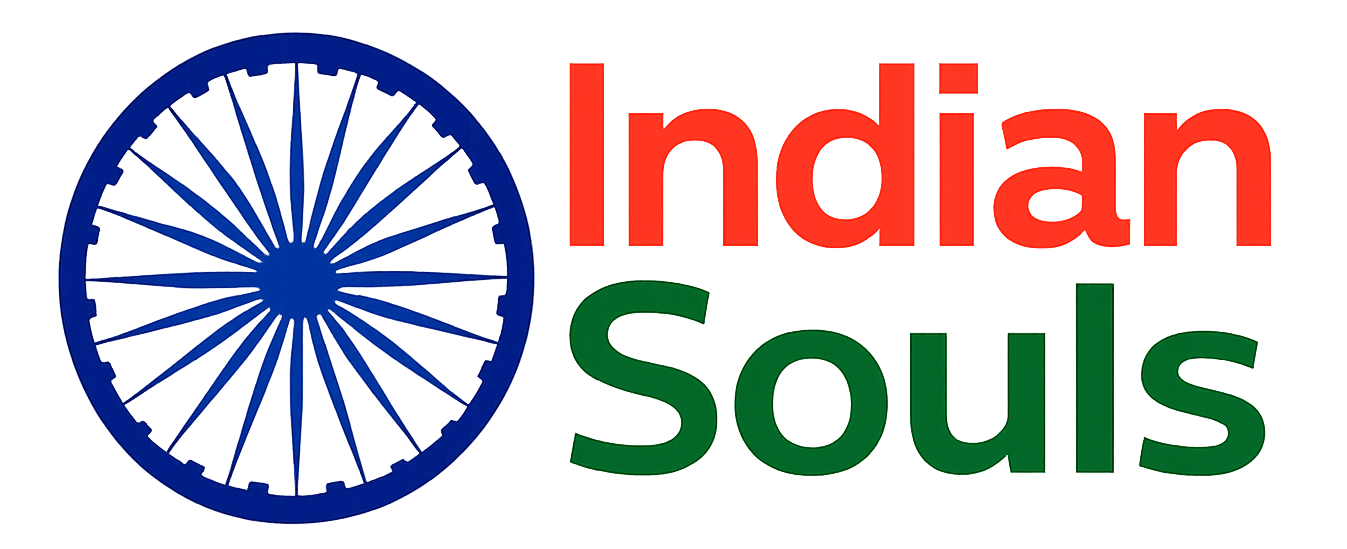

![12 Government Schemes Urban Poor Must Know About [2025 Guide]](https://indiansouls.in/wp-content/uploads/2025/05/image-1.jpg)

